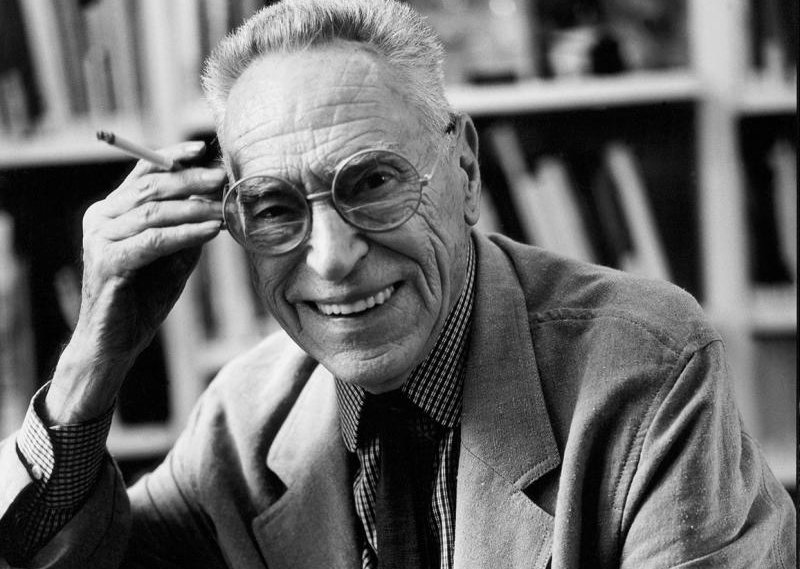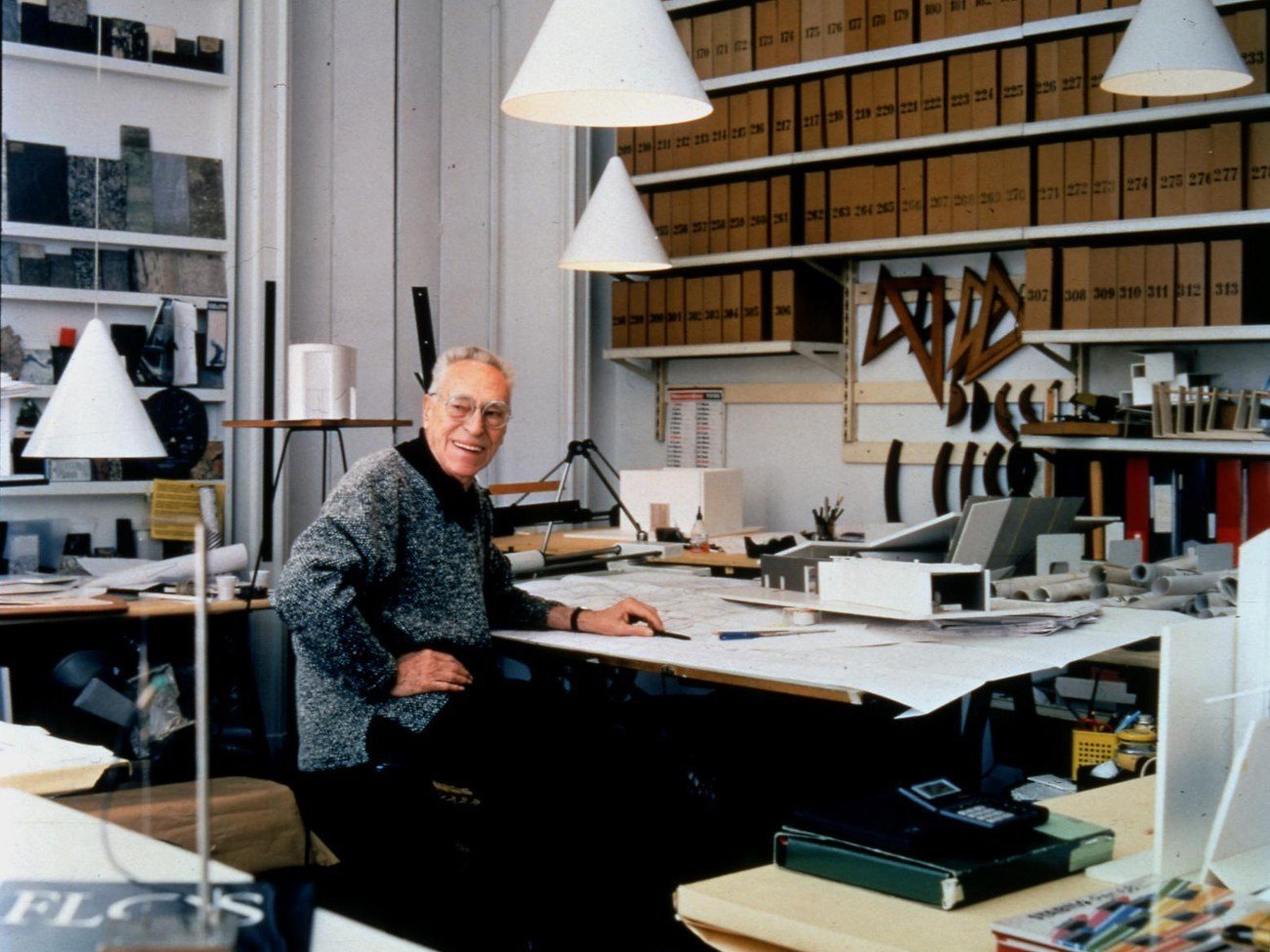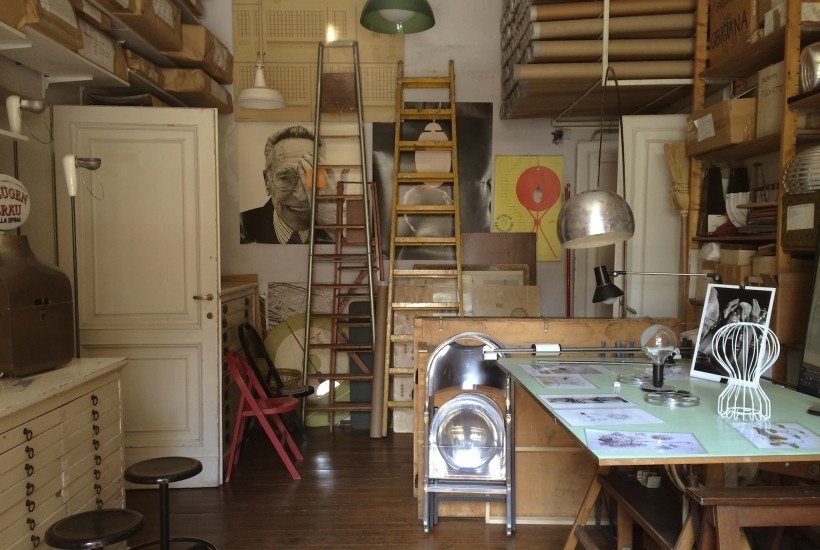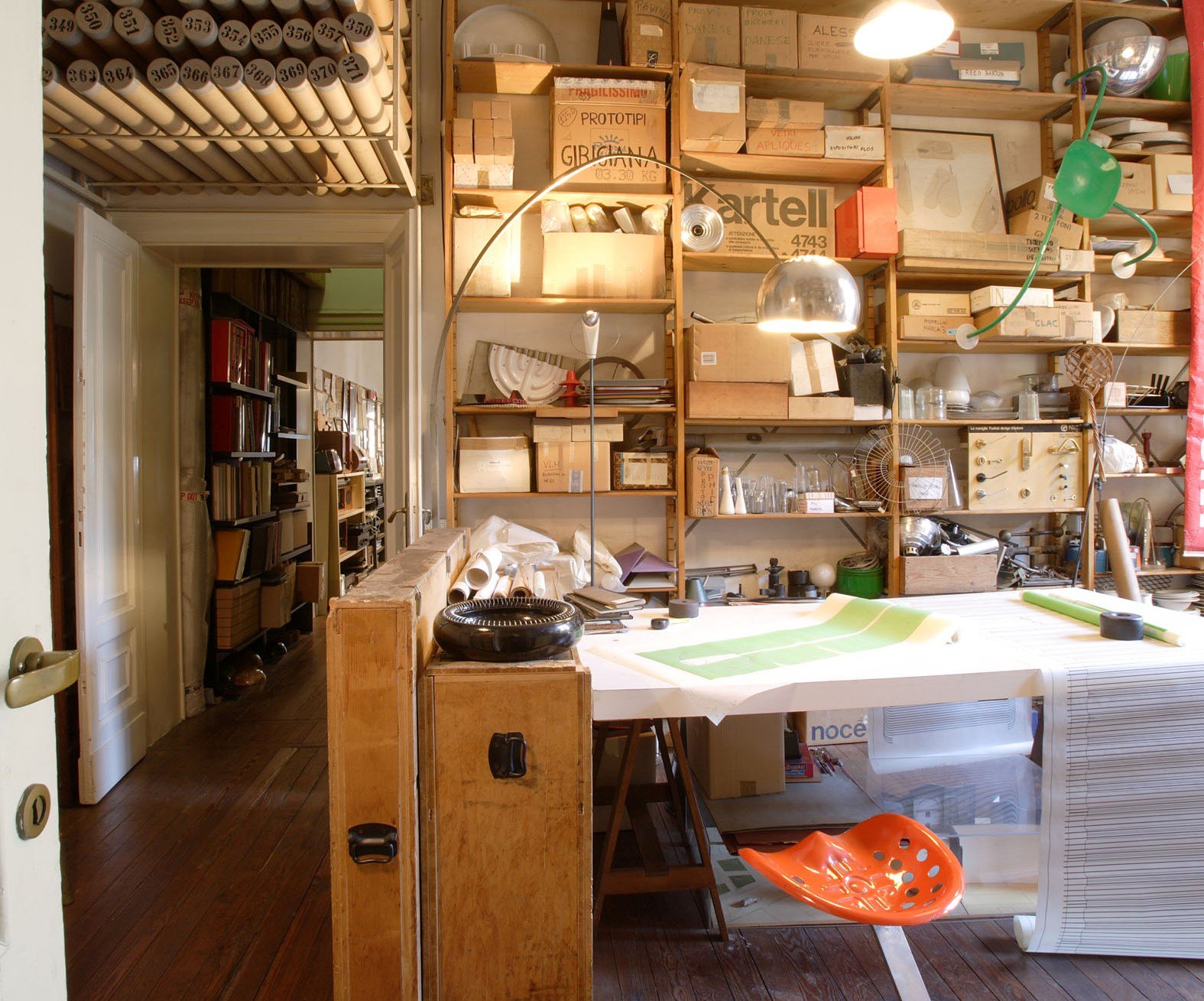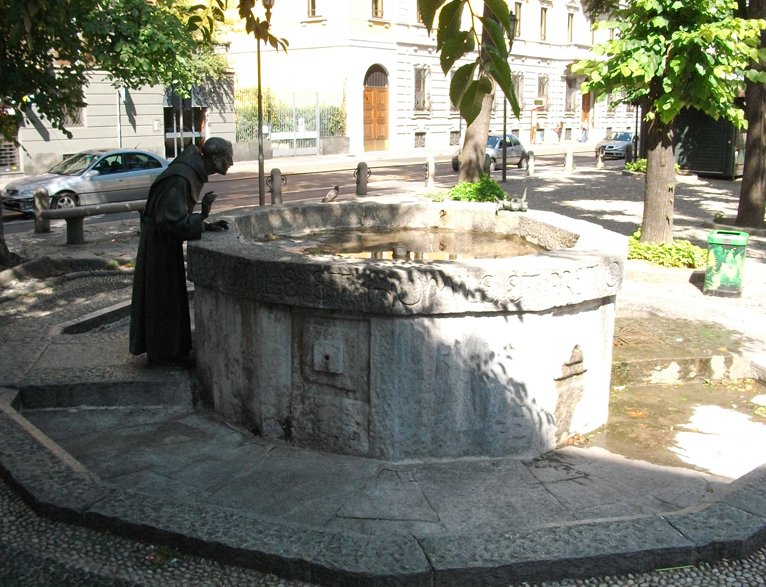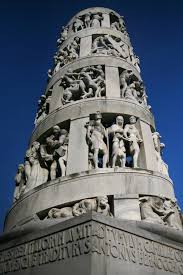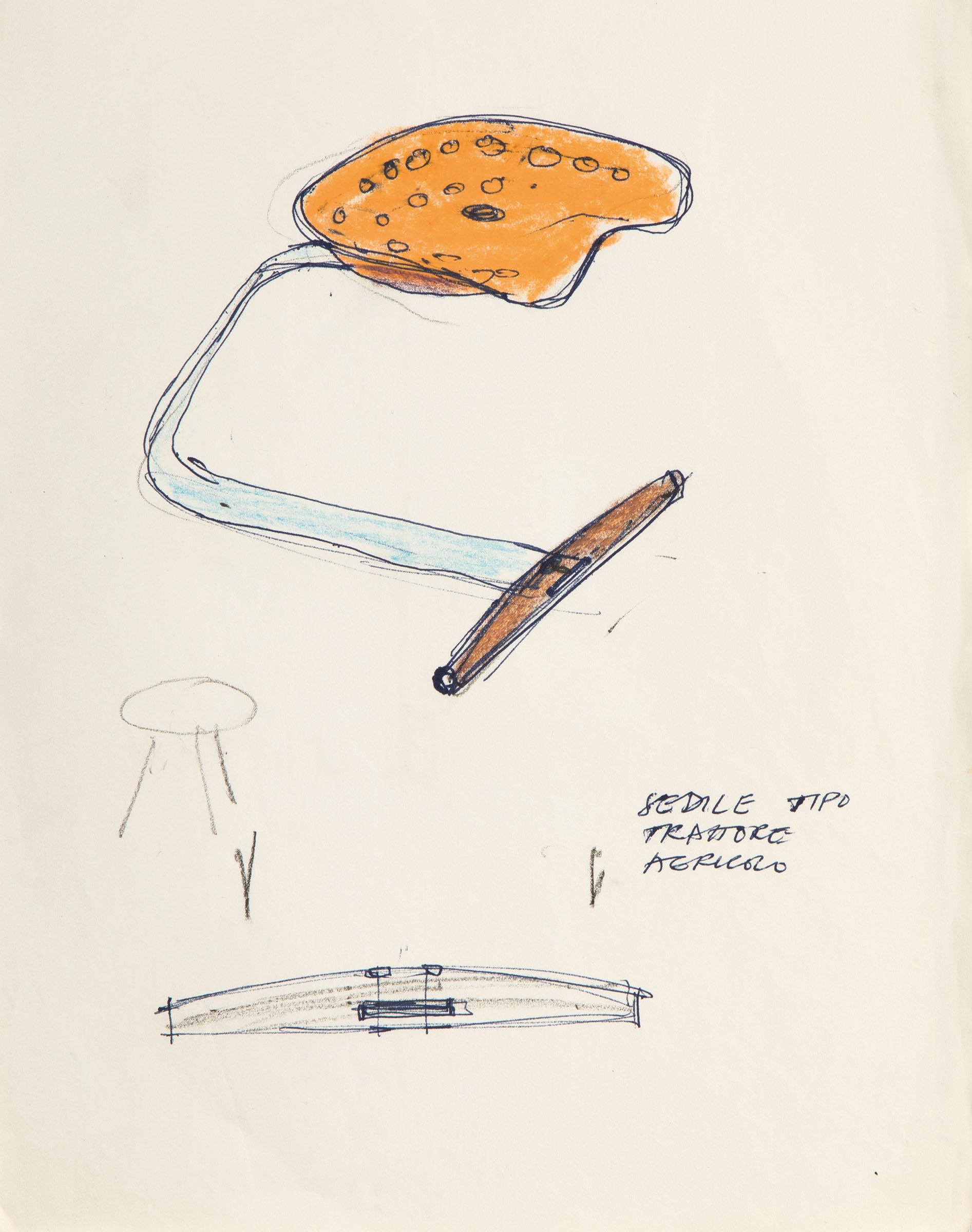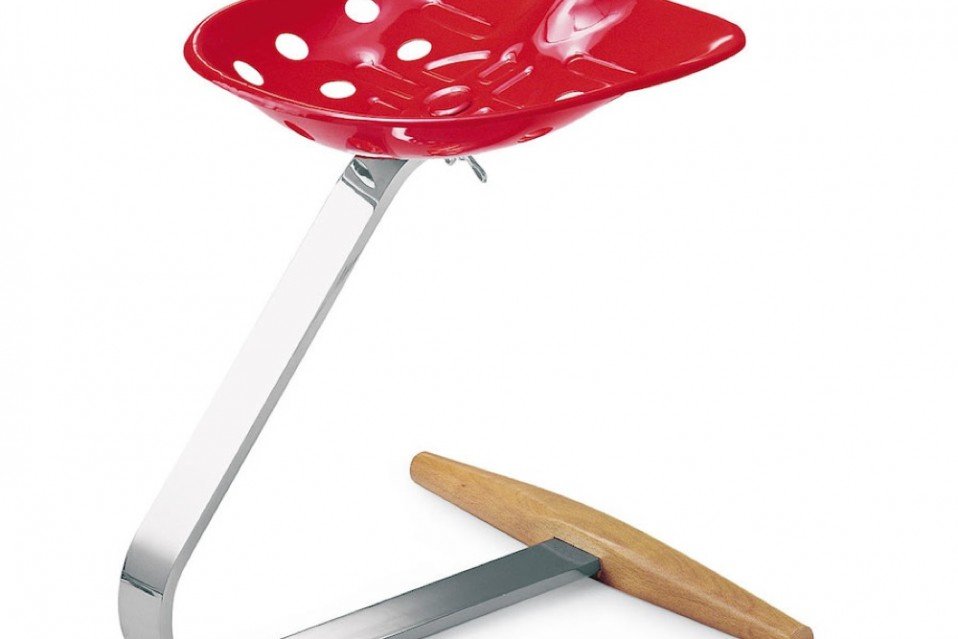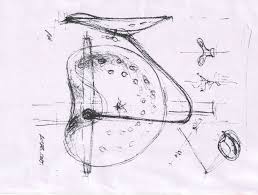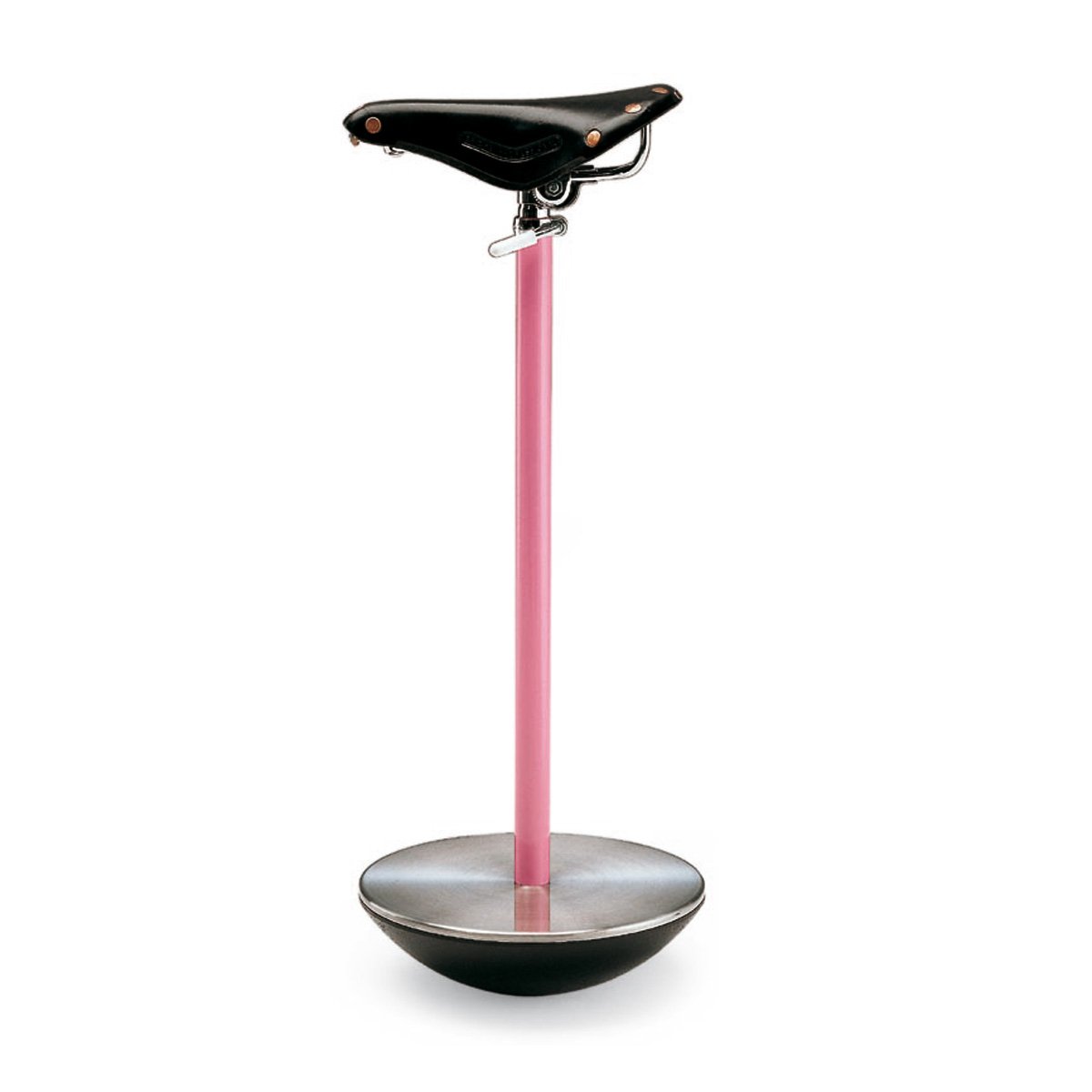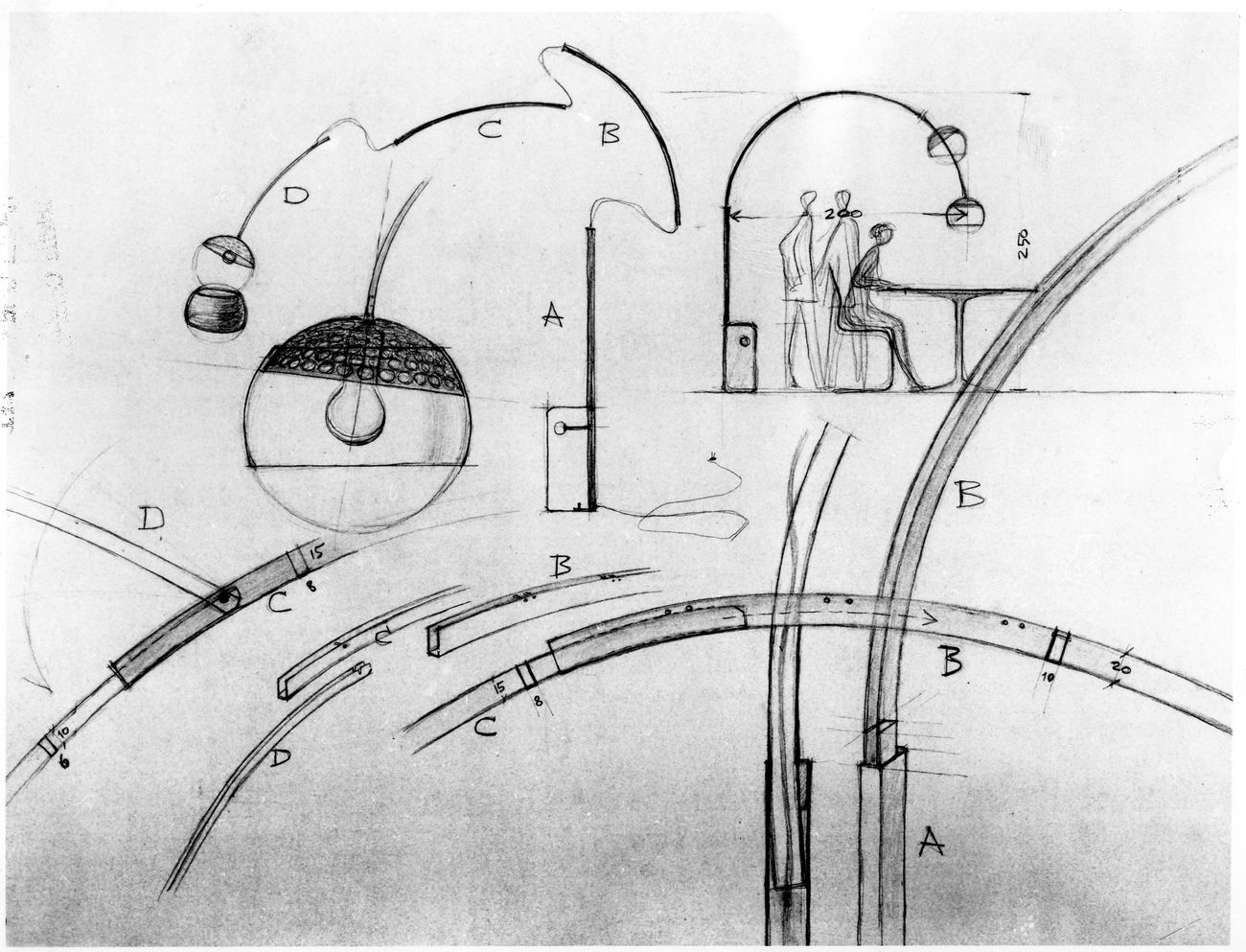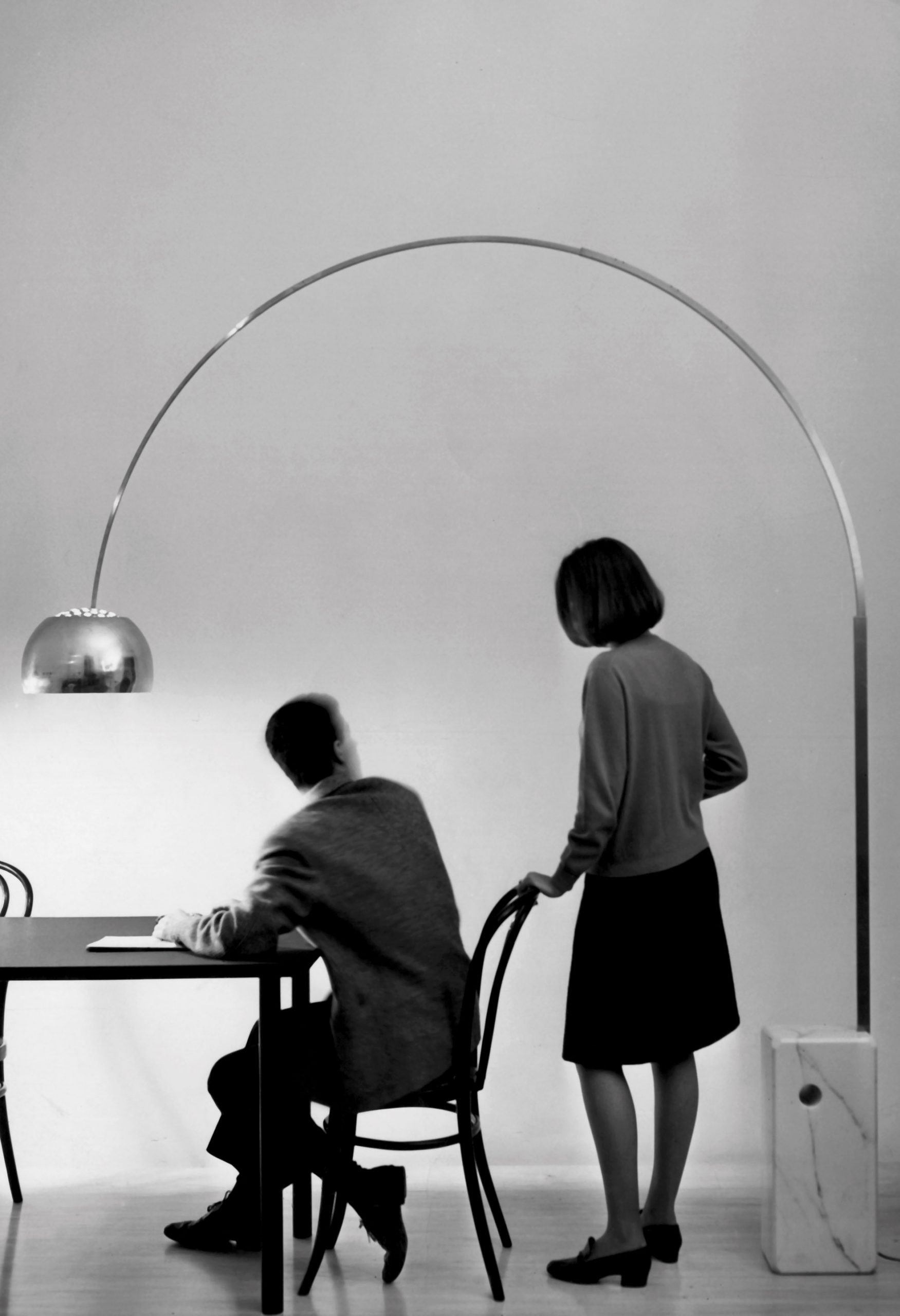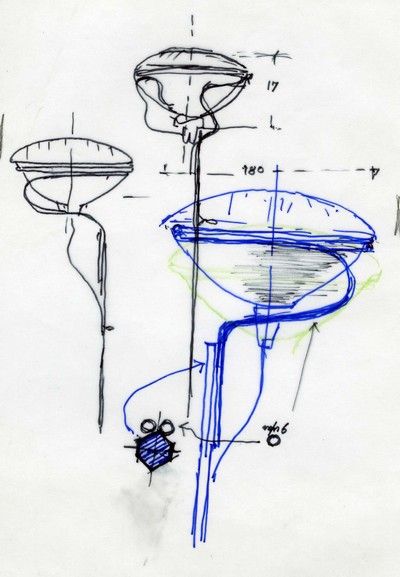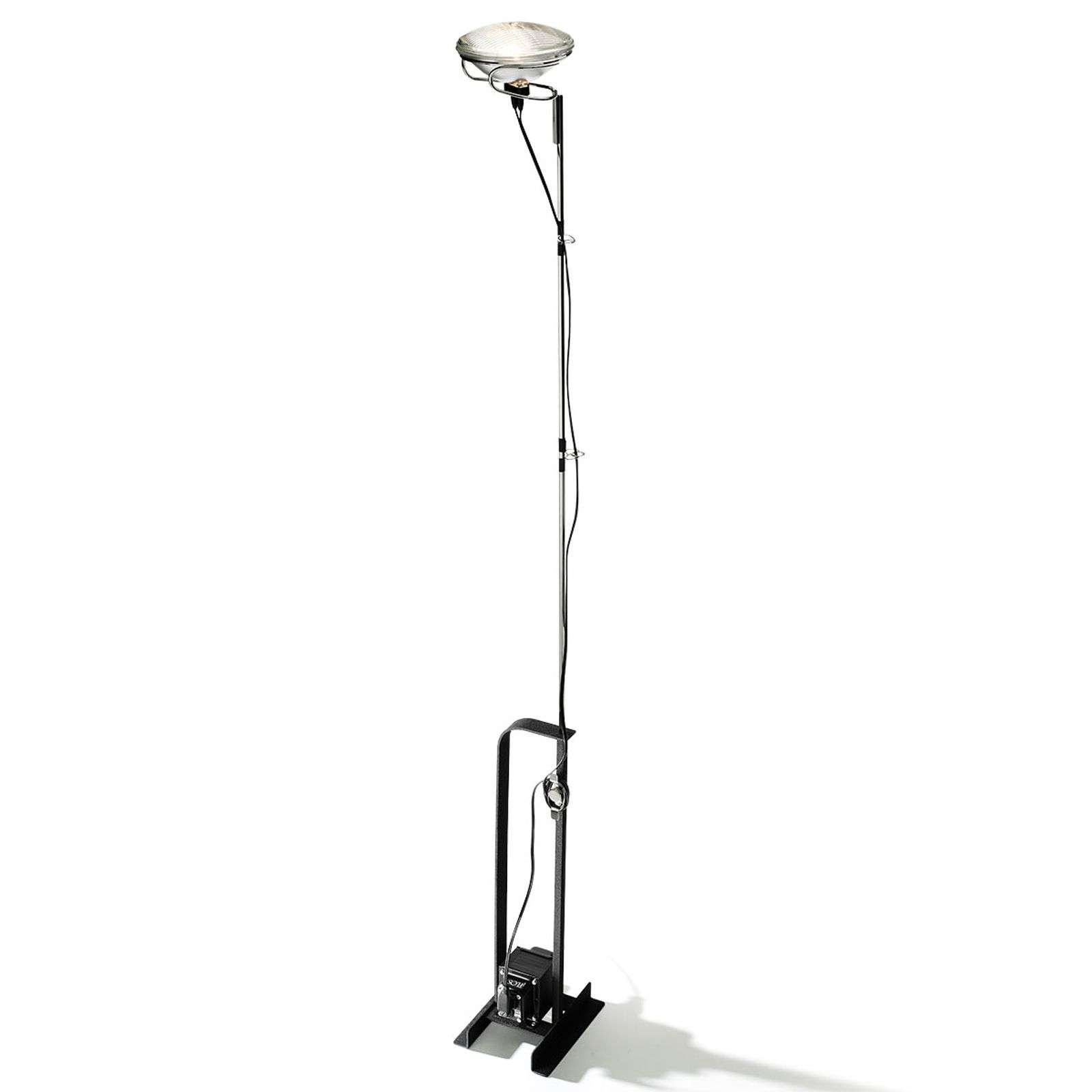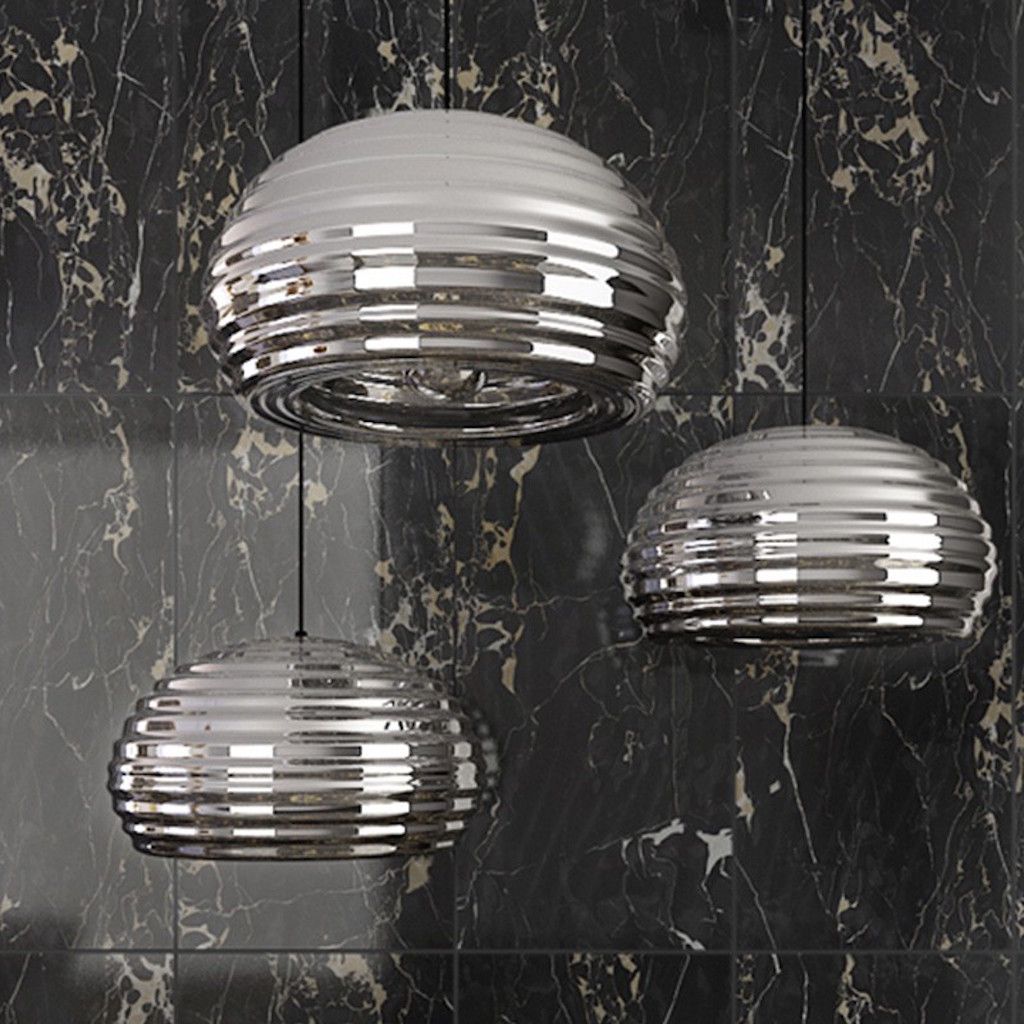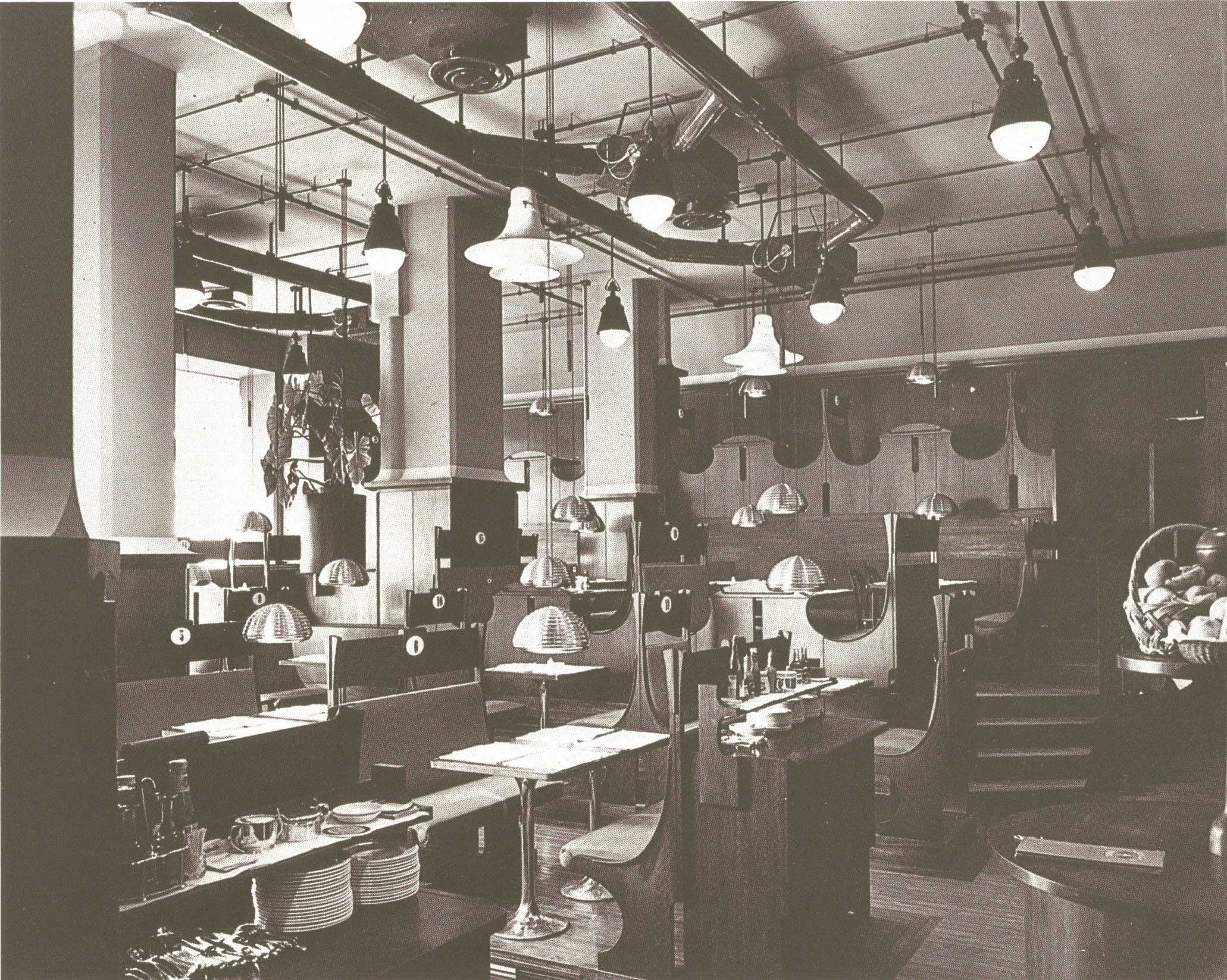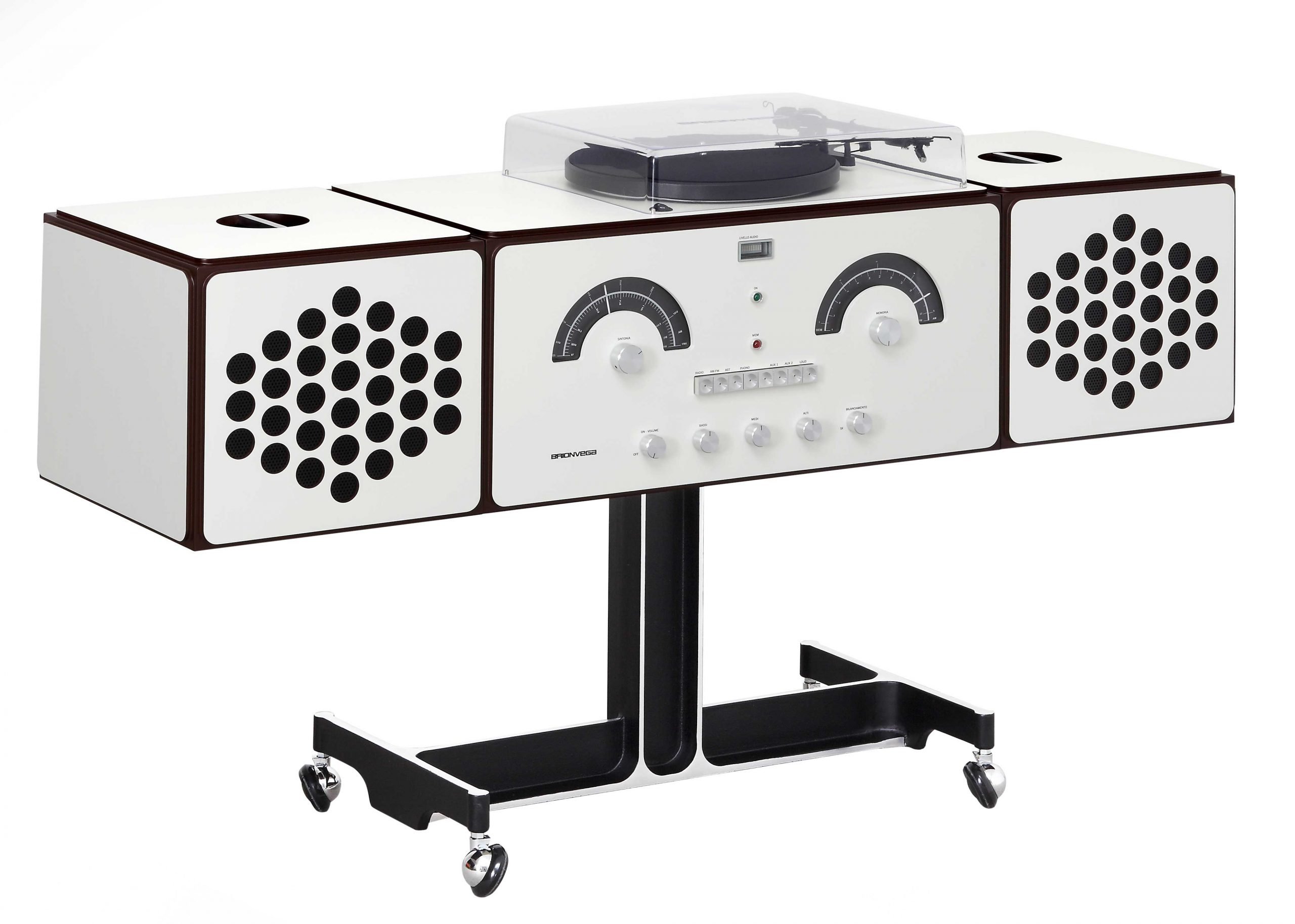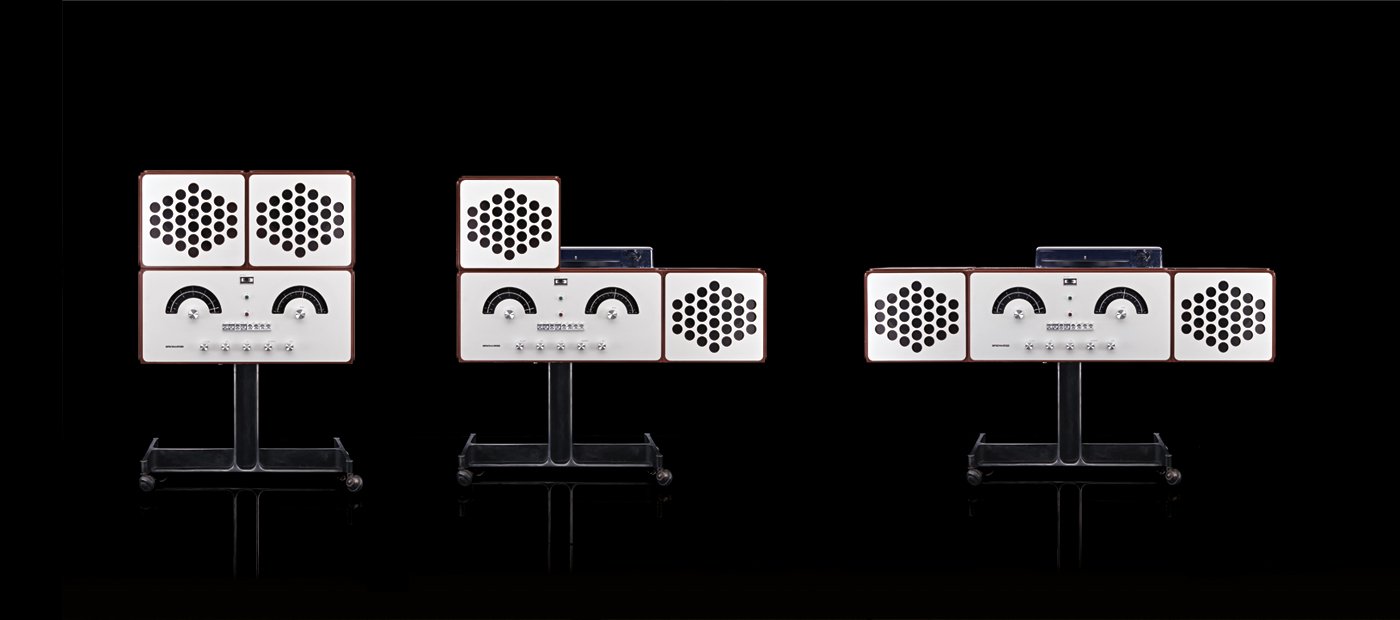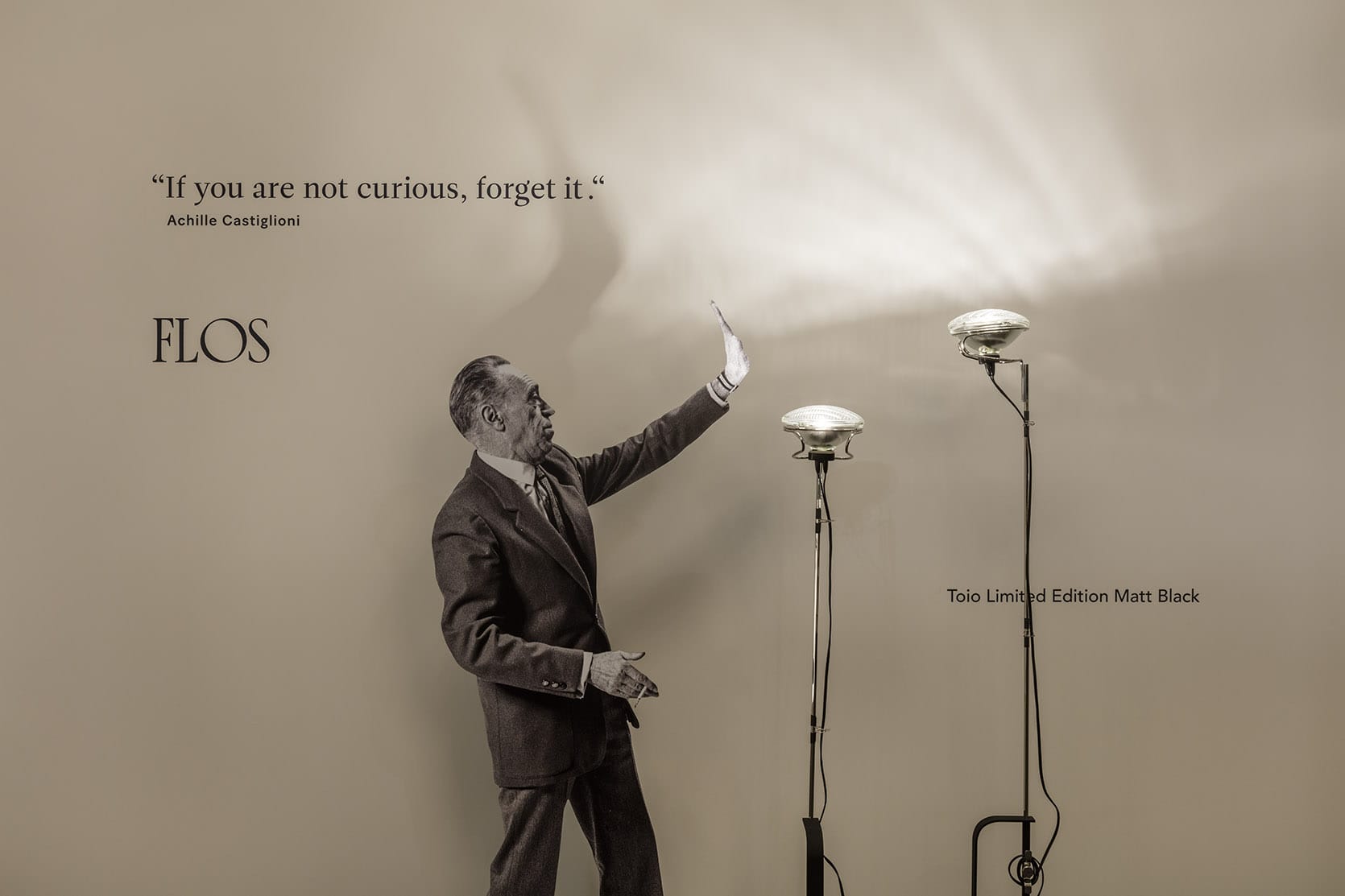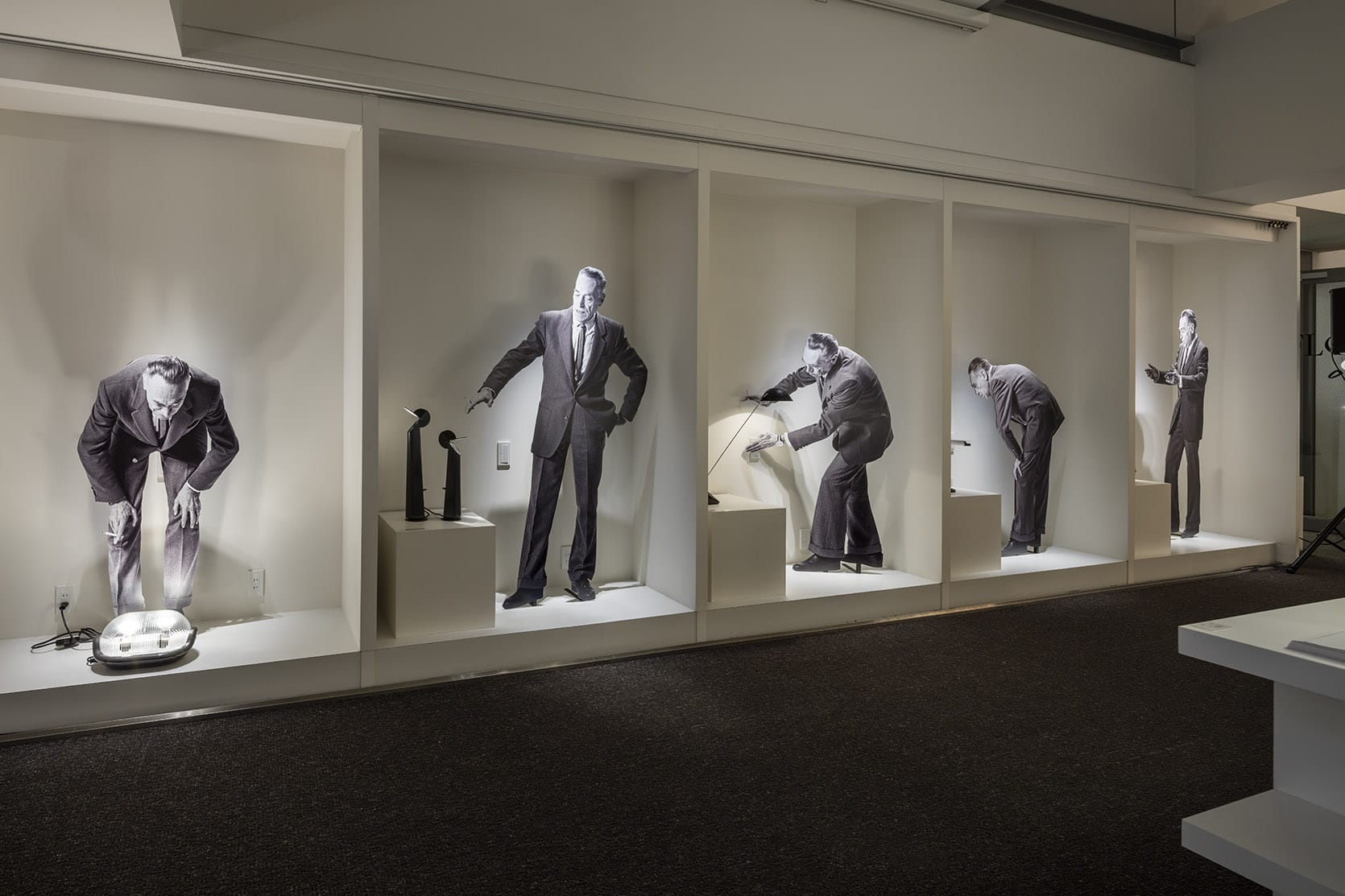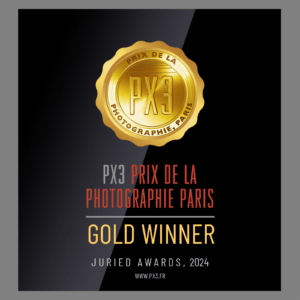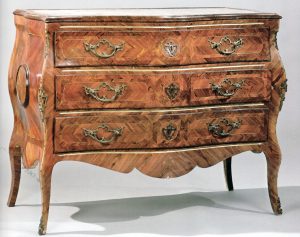I CASTIGLIONI, da Achille a Monica e il grande design italiano nel mondo – from Achille to Monica, and the Great Italian Design in the World
Nel 2018 è stato celebrato a Milano il centenario della nascita di Achille Castiglioni con mostre dedicate a lui e ai suoi fratelli, Livio e Pier Giacomo. Tre fratelli che con la loro creatività, il loro rigore e la loro genialità nella sperimentazione hanno creato una serie di progetti all’avanguardia e di oggetti diventati ormai delle icone senza tempo.
La Fondazione Achille Castiglioni, ora gestita dai figli, era in origine dal 1947 al 2002, il suo studio e tale è rimasto negli arredi e negli archivi. La Fondazione ha messo a disposizione, in occasione delle mostre, un grande numero di progetti e disegni.
Nel 2004 l’Archivio Castiglioni è stato dichiarato patrimonio culturale di particolare importanza dalla Soprintendenza Archivistica della Lombardia e il suo uso è stato assegnato alla Fondazione Achille Castiglioni nella sede dello studio storico, divenuto ora studio-museo.
In 2018, the centenary of Achille Castiglioni’s birth was celebrated in Milan with exhibitions dedicated to him and his brothers, Livio and Pier Giacomo. These three brothers, with their creativity, rigor, and genius in experimentation, created a series of cutting-edge projects and objects that have now become timeless icons.
The Achille Castiglioni Foundation, now managed by his children, was originally his studio from 1947 to 2002, and it has remained so in terms of its furnishings and archives. The Foundation made a large number of projects and designs available for the exhibitions.
In 2004, the Castiglioni Archive was declared a cultural heritage of particular importance by the Lombardy Archival Superintendence, and its use was assigned to the Achille Castiglioni Foundation at the historical studio location, which has now become a studio-museum.
Lo studio Castiglioni è stato uno dei più importanti del suo tempo, con 290 progetti di produzione industriale, 480 di allestimento, 191 di architettura, ha vinto per 8 volte il premio Compasso d’Oro, il più antico ed autorevole premio mondiale del design, ideato da Giò Ponti, oltre al Compasso d’Oro alla carriera e un gran numero di premi internazionali.
Le mostre si sono tenute a Milano, due presso la Fondazione e la più importante, monografica, sulla figura e il lavoro di Achille, alla Triennale da ottobre 2018 a febbraio 2019, un’altra, non meno importante al M.a.x. Museo di Chiasso nel 2018.
Achille Castiglioni nasce a Milano il 16 febbraio 1918. Studia Architettura presso il Politecnico di Milano e consegue la laurea nel 1944. I fratelli maggiori Livio (1911-1979) e Pier Giacomo (1913-1968) hanno uno studio di architettura in piazza Castello a Milano.
I Castiglioni, Pier Giacomo, Livio e Achille erano figli dello scultore Giannino Castiglioni, autore di numerosissime opere tra le quali la porta S. Ambrogio del Duomo di Milano (1950), la fontana di S. Francesco in Piazzetta S. Angelo a Milano (1927), la scultura funeraria Golgota al Cimitero Monumentale di Milano (1933) e poi molte altre sia in Italia che nel mondo.
The Castiglioni studio was one of the most important of its time, with 290 projects in industrial production, 480 in exhibition design, and 191 in architecture. It won the Compasso d’Oro award 8 times, which is the oldest and most prestigious global design award, conceived by Giò Ponti. In addition to the Compasso d’Oro awards, they received a lifetime achievement Compasso d’Oro and numerous international awards.
The exhibitions took place in Milan, with two held at the Foundation and the most significant, a monographic exhibition on the life and work of Achille, at the Triennale from October 2018 to February 2019. Another important exhibition was held at the M.a.x. Museum in Chiasso in 2018.
Achille Castiglioni was born in Milan on February 16, 1918. He studied Architecture at the Polytechnic University of Milan and graduated in 1944. His older brothers, Livio (1911-1979) and Pier Giacomo (1913-1968), had an architectural studio in Piazza Castello in Milan.
The Castiglioni brothers, Pier Giacomo, Livio, and Achille, were the sons of the sculptor Giannino Castiglioni, known for numerous works including the S. Ambrogio door at Milan’s Duomo (1950), the S. Francesco fountain in Piazzetta S. Angelo in Milan (1927), the Golgotha funerary sculpture at the Monumental Cemetery of Milan (1933), and many others in Italy and around the world.
I tre fratelli lavoravano in simbiosi in una sorta di energia creativa fino alla morte di Pier Giacomo nel 1969 e di Livio nel 1979.
Inizialmente si dedicarono all’architettura, tra gli anni 1950 e 1960. Era il periodo dei grandi allestimenti per mostre, come quello per la Triennale di Milano dedicato agli apparecchi radio, spaziando anche con famosi padiglioni fieristici, da quello della Montecatini nel 1955, all’ENI e alla RAI nel 1951. Famosi gli allestimenti innovativi di negozi e ristoranti come Gavina (arredi), Flos (lampade), Ristorante Buriassi, Birreria Splugen Brau.
Nel 1984 a Tokyo, per la mostra “Exhibition of italian design” Achille Castiglioni allestisce la presentazione del padiglione Italia, dove, anziché mostrare una serie di mobili, ricrea un ambiente da pranzo utilizzando tutti i suoi pezzi più famosi, dai tavolini Cumano (Zanotta 1977) alle sedute Primate (Zanotta 1970), dai bicchieri Ovio (Danese 1983) con il caratteristico elastico “da bicchiere” per evitare che possano urtare tra loro, al portasale individuale Phil (Alessi 1982) con il servizio di posate Dry (Alessi 1982) che vincerà il premio Compasso d’Oro. Ad illuminare l’ambiente così ricreato le lampade Noce (Flos 1972).
Il principio fondamentale di tutte le sue esposizioni è quello di coinvolgere ed immergere il visitatore con sensazioni multiple attraverso un uso sapiente della luce, con effetti di chiaroscuro e plastici effetti luminosi in un continuo gioco di volumi realizzati su vari livelli e sfasamenti, in modo da creare un percorso scenografico incidendo sull’elemento di suggestione.
Con questo concetto viene anche allestita, nel 1963, la mostra a Palazzo Reale di Milano “Le vie d’acqua da Milano al mare”, un vero e proprio spettacolo di suoni, luci e colori in grado di coinvolgere l’emotività del visitatore.
The three brothers worked in symbiosis, creating a kind of creative synergy, until the passing of Pier Giacomo in 1969 and Livio in 1979.
Initially, they were involved in architecture during the 1950s and 1960s. This was the era of major exhibition installations, such as the one for the Milan Triennale dedicated to radio equipment, as well as famous trade fair pavilions, including those for Montecatini in 1955, ENI, and RAI in 1951. They were also known for innovative store and restaurant designs, including Gavina (furniture), Flos (lighting), Ristorante Buriassi, and Birreria Splugen Brau.
In 1984, at the “Exhibition of Italian Design” in Tokyo, Achille Castiglioni designed the presentation of the Italian pavilion. Instead of showcasing a series of furniture pieces, he recreated a dining environment using all of his most famous designs, from the Cumano tables (Zanotta 1977) to the Primate chairs (Zanotta 1970), the Ovio glasses (Danese 1983) with their characteristic “glass elastic” to prevent them from clinking, and the individual salt cellar Phil (Alessi 1982) with the Dry cutlery set (Alessi 1982), which won the Compasso d’Oro award. Illuminating this recreated setting were the Noce lamps (Flos 1972).
The fundamental principle behind all of his exhibitions was to engage and immerse the visitor with multiple sensations through the skillful use of light, creating chiaroscuro effects and sculptural lighting effects in a continuous interplay of volumes created on different levels and shifts, thus creating a scenographic path that had a powerful impact on the element of suggestion.
This concept also led to the 1963 exhibition at Palazzo Reale in Milan, “Le vie d’acqua da Milano al mare” (The Waterways from Milan to the Sea), a true spectacle of sounds, lights, and colors capable of engaging the visitor’s emotions.
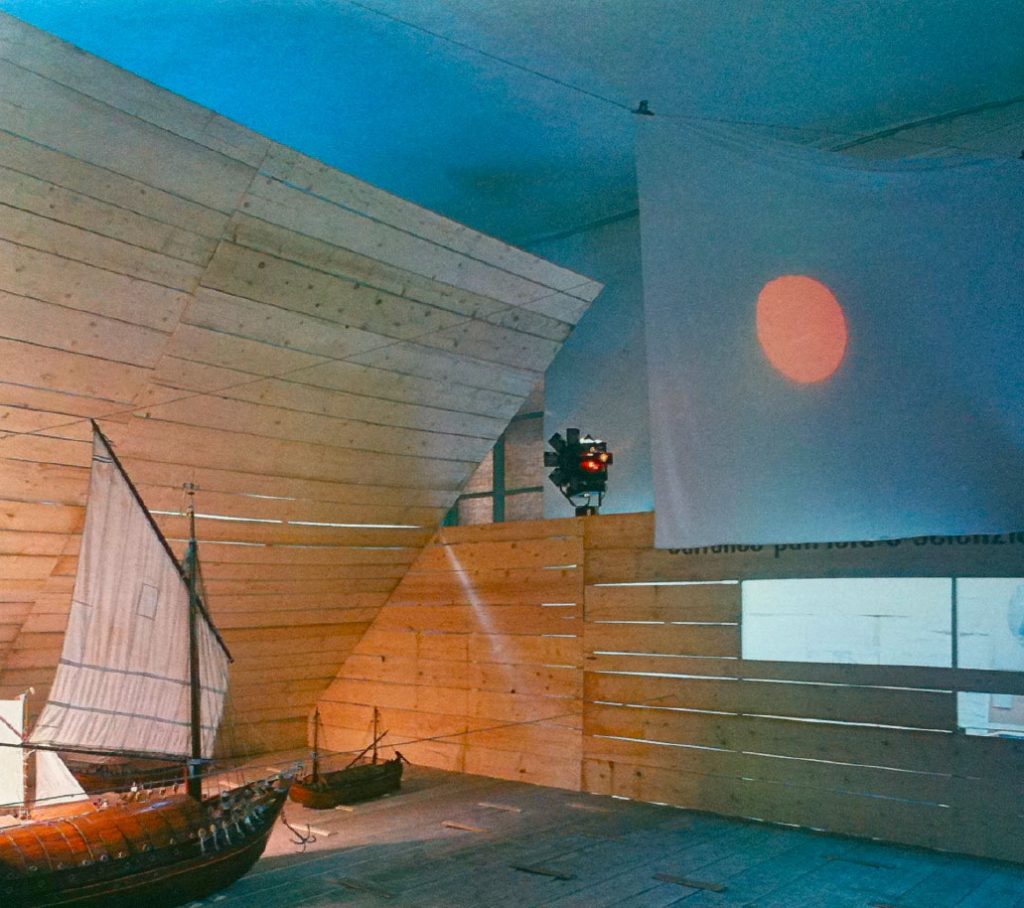
Oltre agli allestimenti, è il design la grande passione di Achille Castiglioni.
Ciò che caratterizza il suo design è un senso di ironia, dell’umorismo, dell’invenzione, del reinventare un oggetto di uso comune.
“Se non siete curiosi, lasciate perdere” A. Castiglioni
Nei suoi progetti è preponderante la logica della forma e della funzionalità, presta una grande attenzione alla produzione industriale dando all’oggetto stesso, oltre alla necessaria funzionalità, anche una sua espressività trasformandolo in un’icona senza tempo. Usando ironia ed inventiva, riesce a creare oggetti nuovi e intelligenti, trasformandoli da funzionali a oggetti con un loro peculiare carattere.
Achille Castiglioni è l’inventore del disegno industriale: la produzione in serie deve avere una validità estetica, costare poco, essere funzionale ma anche piacevole.
Ironia e gioco lo troviamo nella progettazione dello sgabello Mezzadro, realizzato nel 1957 per Zanotta, che richiama il sedile di un trattore, oppure con lo sgabello Sella, sempre del 1957 per Zanotta, che altro non è che un sellino di bicicletta collegato a un’asta e a una base che consente alla seduta di restare in equilibrio. Il progetto è nato per coprire l’esigenza di inventare uno sgabello per telefono, quando allora i telefoni erano appesi al muro e le persone dovevano stare in piedi per parlare. Una riconferma della sua attenzione per la funzionalità unita all’ironia.
In addition to his exhibition designs, design was a great passion of Achille Castiglioni.
What characterizes his design work is a sense of irony, humor, invention, and the ability to reinvent everyday objects.
“If you’re not curious, forget it.” – A. Castiglioni
In his projects, the logic of form and functionality prevails. He paid great attention to industrial production, giving objects not only the necessary functionality but also their own expressiveness, turning them into timeless icons. Using humor and inventiveness, he managed to create new and intelligent objects, transforming them from functional items into objects with their own distinctive character.
Achille Castiglioni is considered the inventor of industrial design: mass-produced items should have aesthetic value, be cost-effective, functional, and also pleasing to the eye.
Irony and playfulness can be seen in the design of the Mezzadro stool, created in 1957 for Zanotta, which resembles the seat of a tractor. Another example is the Sella stool, also from 1957 for Zanotta, which is nothing more than a bicycle saddle connected to a rod and a base that allows the seat to remain balanced. The project was born out of the need to invent a stool for using the telephone when telephones were wall-mounted, and people had to stand while talking. This is a testament to his attention to functionality combined with humor.
Due lampade ormai diventate iconiche leggende sono la lampada Arco, del 1962 per Flos, nata dall’esigenza di creare una lampada da terra con le stesse caratteristiche del lampadario, una lampada che rivoluzionasse la la vecchia idea di “salotto”. Con estrema attenzione al dettaglio, la lampada è frutto di un attento studio di statica, controbilanciando, con un basamento di marmo, il peso della lampada stessa, la quale ha uno stelo curvo realizzato in settori, in modo da poterne variare l’altezza e il punto luce in base ad ogni esigenza.
Contemporaneamente viene progettata, sempre nel 1962 per Flos, la lampada Toio, costituita da un semplice assemblaggio di pezzi industriali a vista con un trasformatore alla base in evidenza, uno stelo a forma di canna da pesca e il fanale di un’automobile americana. Una lampada che, con la sua luce diffusa, si è inserita a pieno titolo nell’empireo iconico dell’arredamento.
Entrambe le lampade riflettono l’approccio innovativo di Achille Castiglioni al design, combinando funzionalità, estetica e un tocco di umorismo per creare classici del design duraturi.
Two lamps that have now become iconic legends are the Arco lamp, designed in 1962 for Flos, and the Toio lamp, also designed in 1962 for Flos.
The Arco lamp was born out of the need to create a floor lamp with the same characteristics as a chandelier, revolutionizing the old concept of a “living room.” With extreme attention to detail, the lamp is the result of careful statics study, counterbalancing the weight of the lamp itself with a marble base. The lamp features a curved stem made in sections, allowing for adjustable height and light placement according to individual needs. It has since become an iconic piece of furniture design.
Simultaneously, Achille Castiglioni designed the Toio lamp for Flos in 1962. The Toio lamp is characterized by its simple assembly of industrial components, with a transformer visible at the base, a stem resembling a fishing rod, and the headlight of an American automobile. This lamp, with its diffused light, has firmly established itself in the iconic realm of furniture and lighting design.
Both lamps reflect Achille Castiglioni’s innovative approach to design, combining functionality, aesthetics, and a touch of humor to create enduring design classics.
Anche nel 1960, Achille Castiglioni ha progettato una lampada a sospensione appositamente per la Birreria Splugen Brau, realizzata per Flos. Questa lampada è un altro esempio del suo talento nel design di illuminazione, adattando le sue creazioni alle specifiche esigenze del progetto architettonico e dell’ambiente in cui dovevano essere collocate. La capacità di Castiglioni di unire funzionalità ed estetica in modo unico ha contribuito a rendere le sue opere iconiche nel mondo del design e dell’illuminazione.
Even in 1960, Achille Castiglioni designed a pendant lamp specifically for the Splugen Brau Brewery, produced by Flos. This lamp is another example of his talent in lighting design, as he tailored his creations to the specific requirements of the architectural project and the environment in which they were to be placed. Castiglioni’s unique ability to blend functionality and aesthetics contributed to making his works iconic in the world of design and lighting.
Un altro prodotto diventato una vera e propria icona dell’epoca è il Radiofonografo studiato per Brion Vega nel 1965, che è giocato su vari componenti posizionati su un piedistallo mobile su ruote e formato da giradischi e altoparlanti componibili in base alle esigenze e ai gusti.
Another product that became a true icon of its time is the Radio-Phonograph designed for Brion Vega in 1965. It played with various components positioned on a mobile pedestal with wheels, featuring turntables and modular speakers that could be arranged according to needs and preferences.
La carriera dei Castiglioni è lunghissima, portata avanti solamente da Achille dopo la prematura scomparsa del fratello Pier Giacomo, con collaborazioni per le aziende più importanti dell’epoca quali, Cassina, Frau, Kartell, Flos, Olivetti, Lancia, Zanotta, Brionvega, Siemens, Knoll, Alessi. Il loro contributo al design e all’innovazione ha lasciato un’eredità duratura nel mondo del design industriale e del mobile.
The Castiglioni brothers had a long and illustrious career, which was continued by Achille Castiglioni after the untimely passing of his brother Pier Giacomo. They collaborated with some of the most important companies of their time, including Cassina, Frau, Kartell, Flos, Olivetti, Lancia, Zanotta, Brionvega, Siemens, Knoll, Alessi, and many others. Their contributions to design and innovation left a lasting legacy in the world of industrial and furniture design.
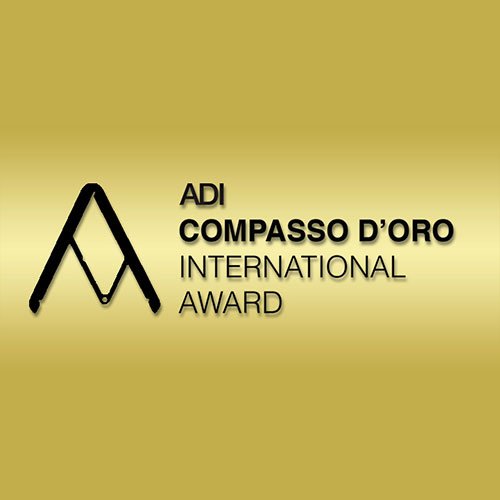
Logo Compasso d'Oro
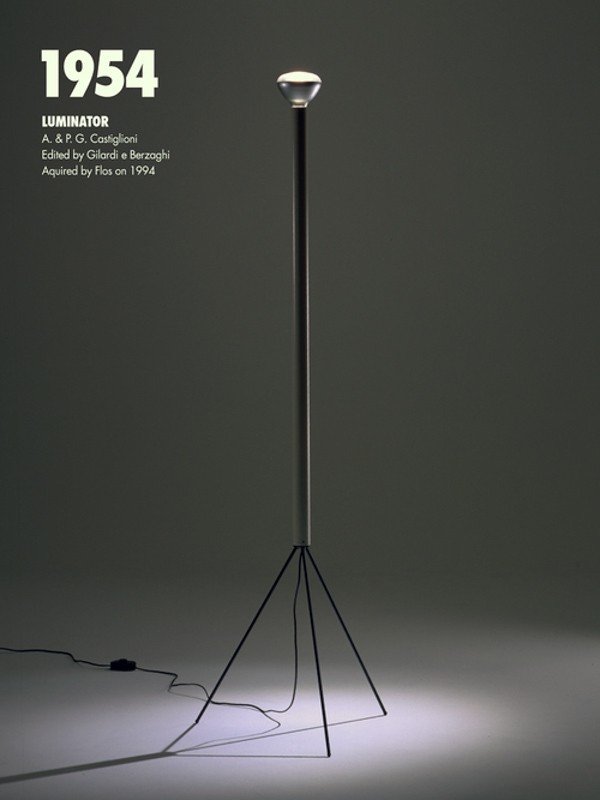
Lampada Luminator 1954 Flos
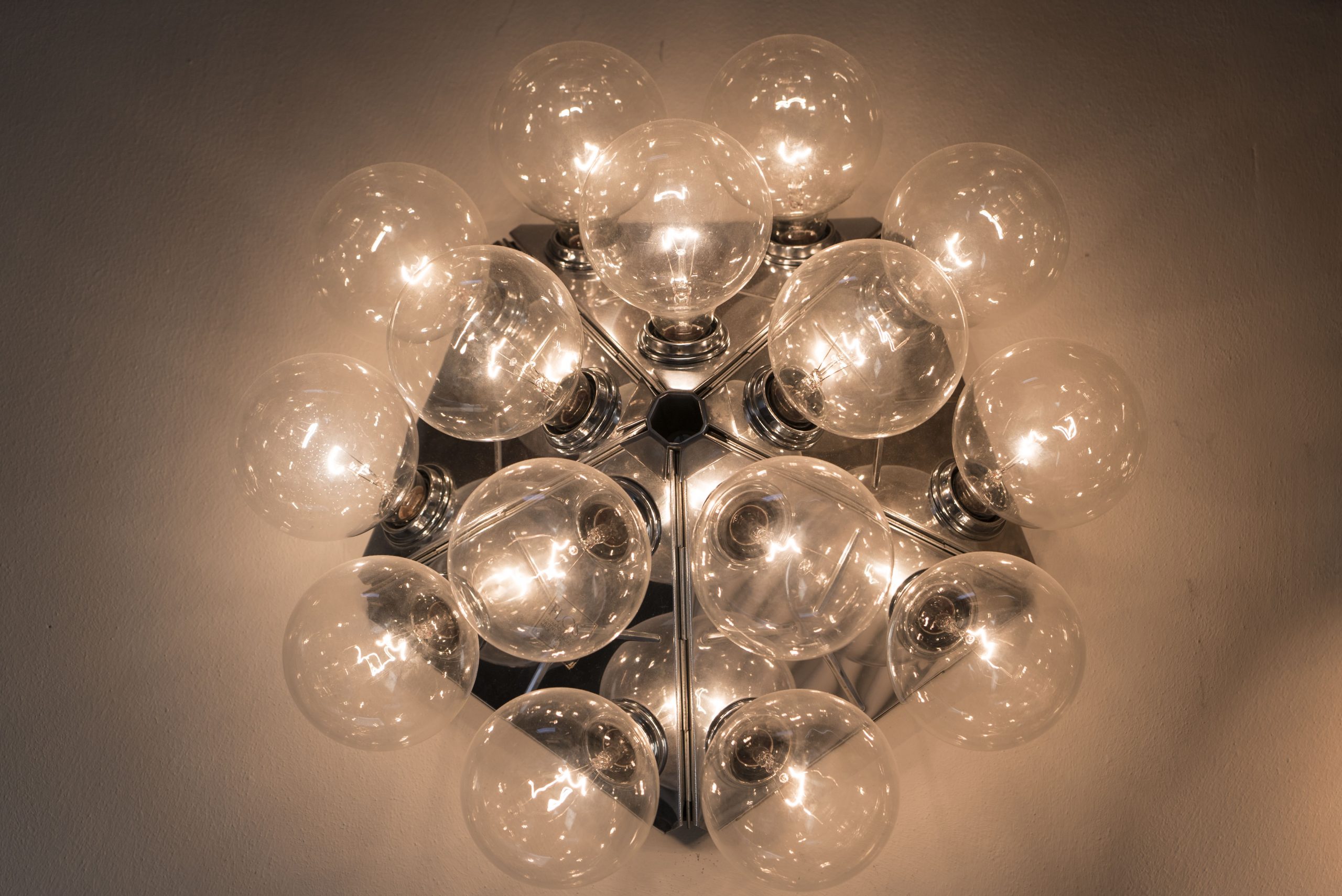
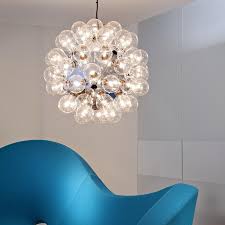
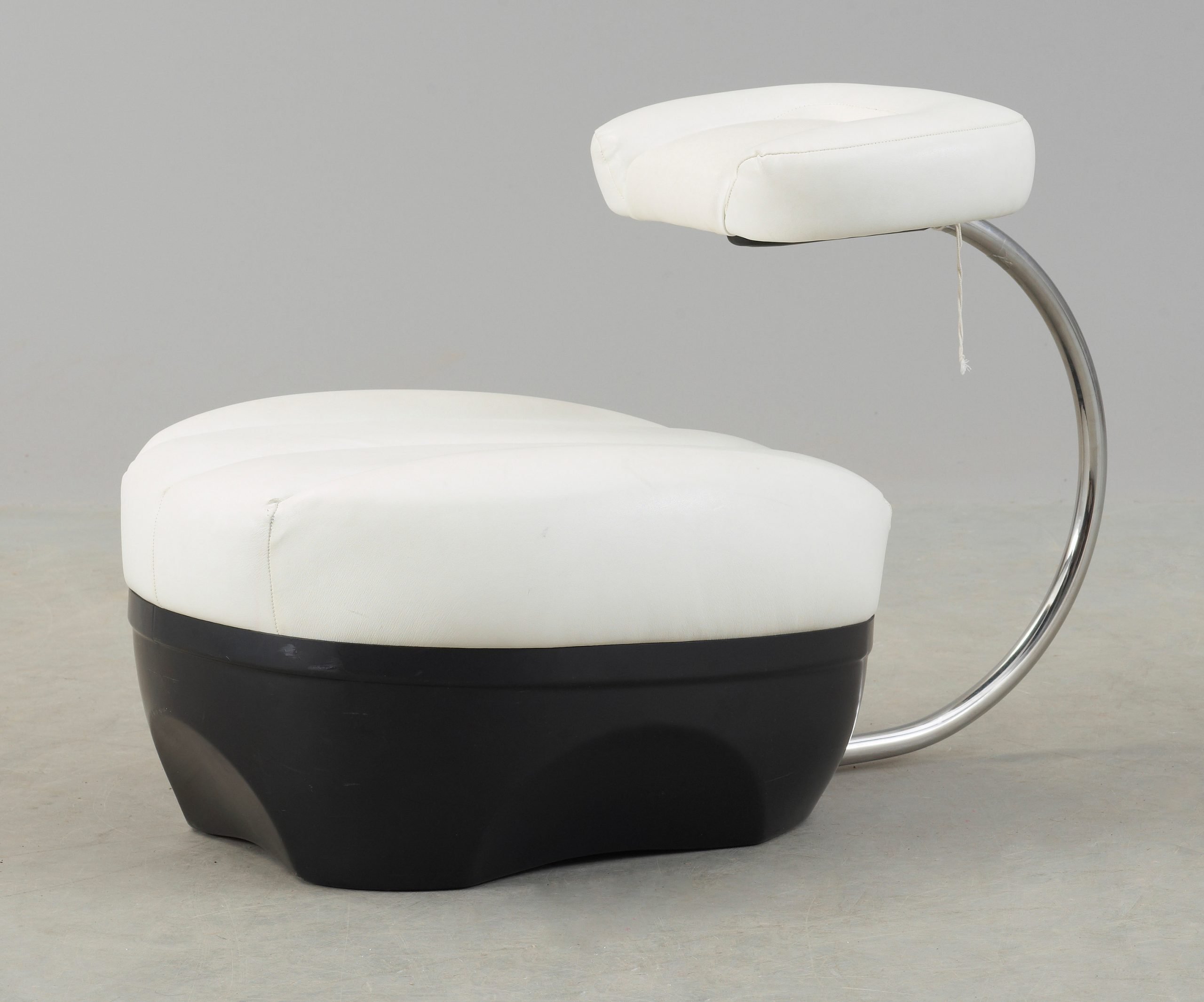
Seduta Primate 1970 Zanotta
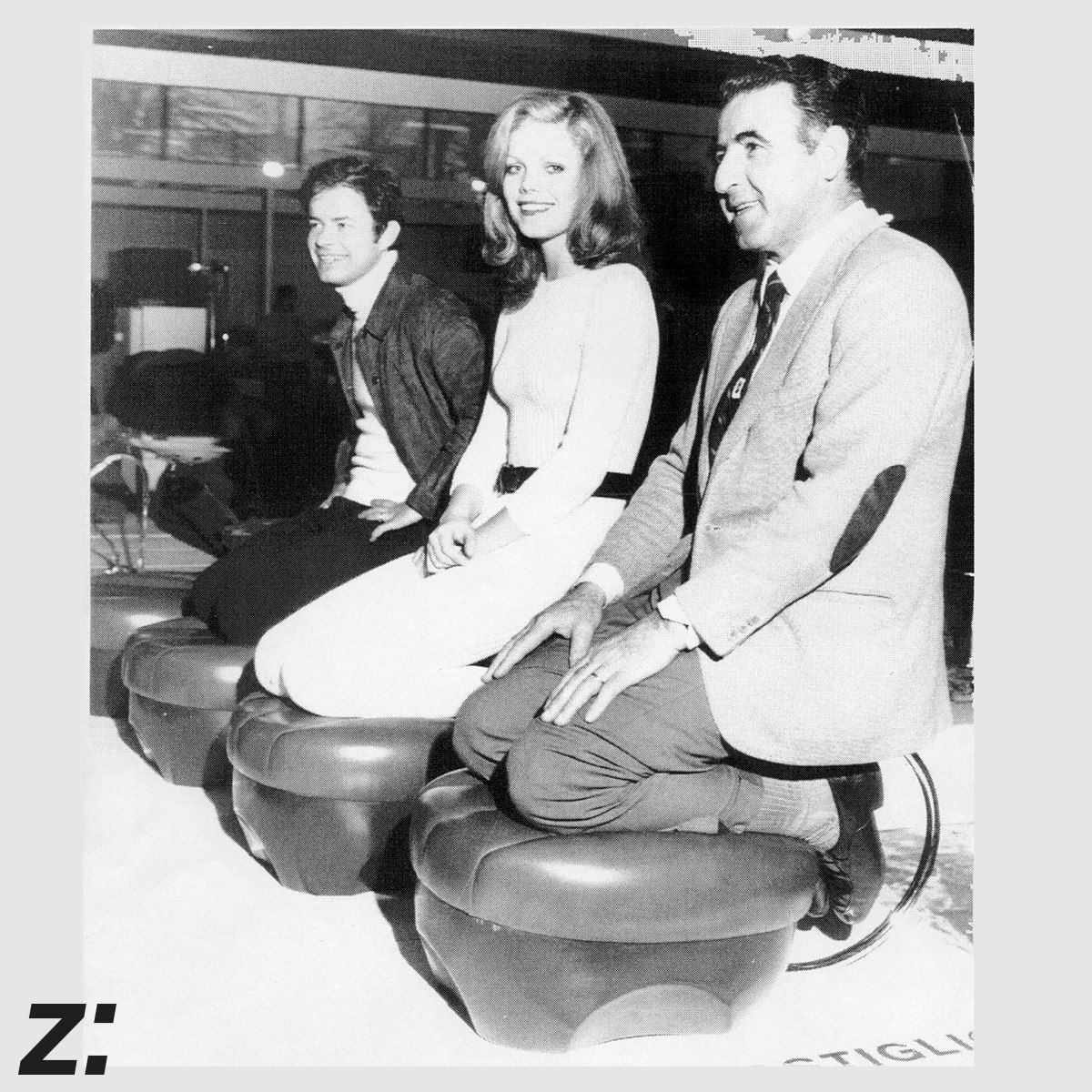
Seduta Primate 1970 Zanotta
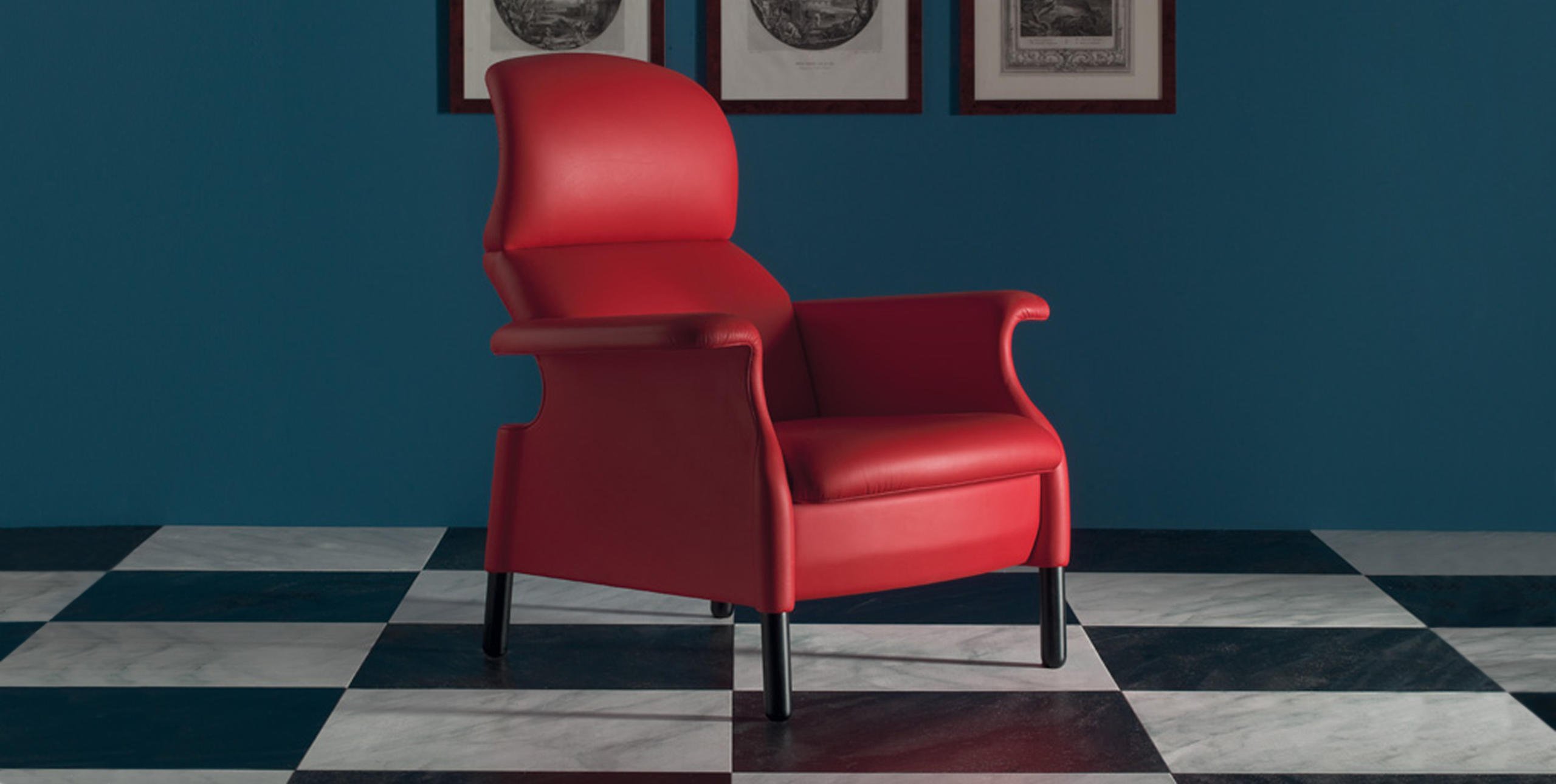
Poltrona Sanluca 1960 - Knoll
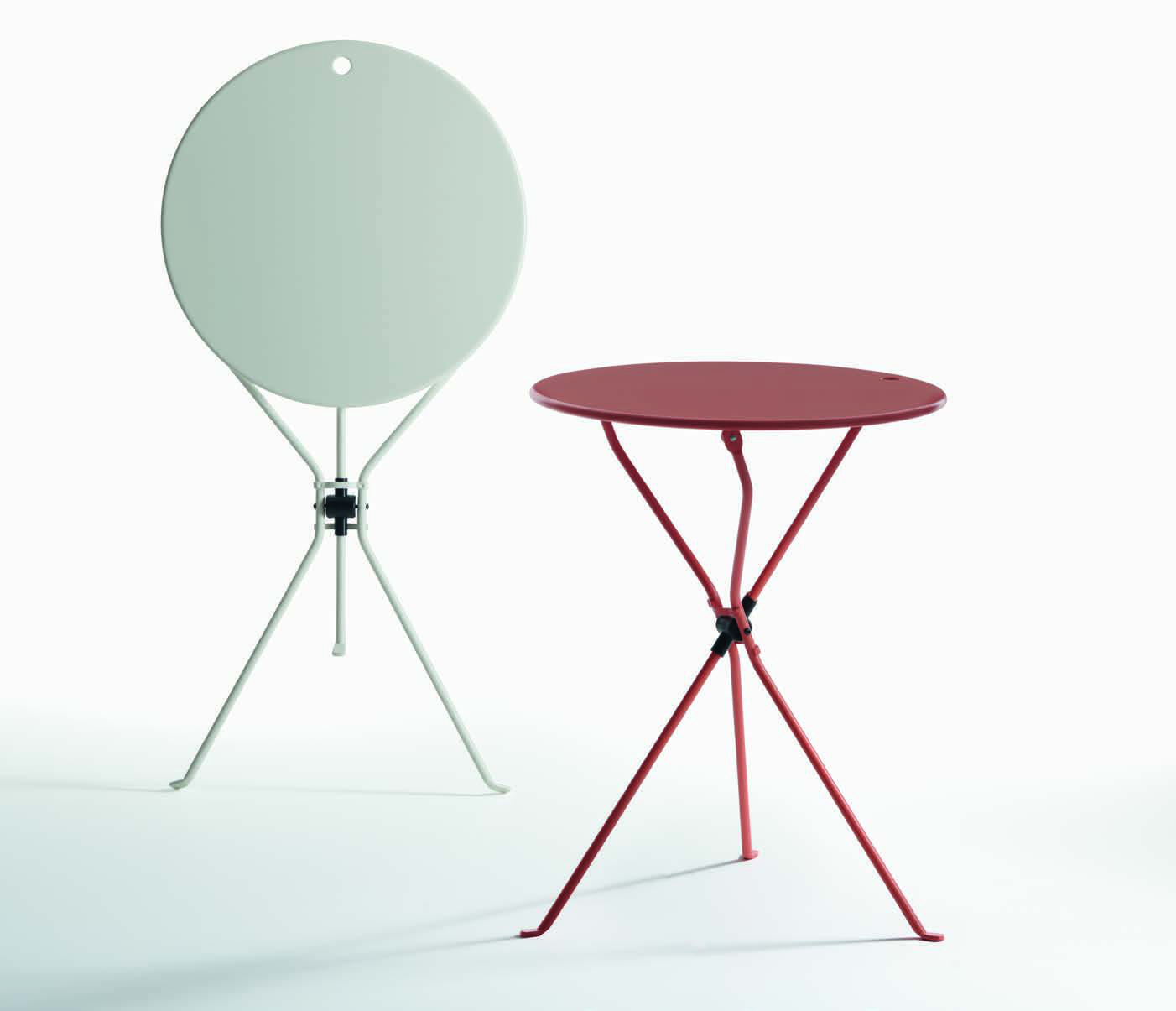
Tavolo Cumano 1977 - Zanotta
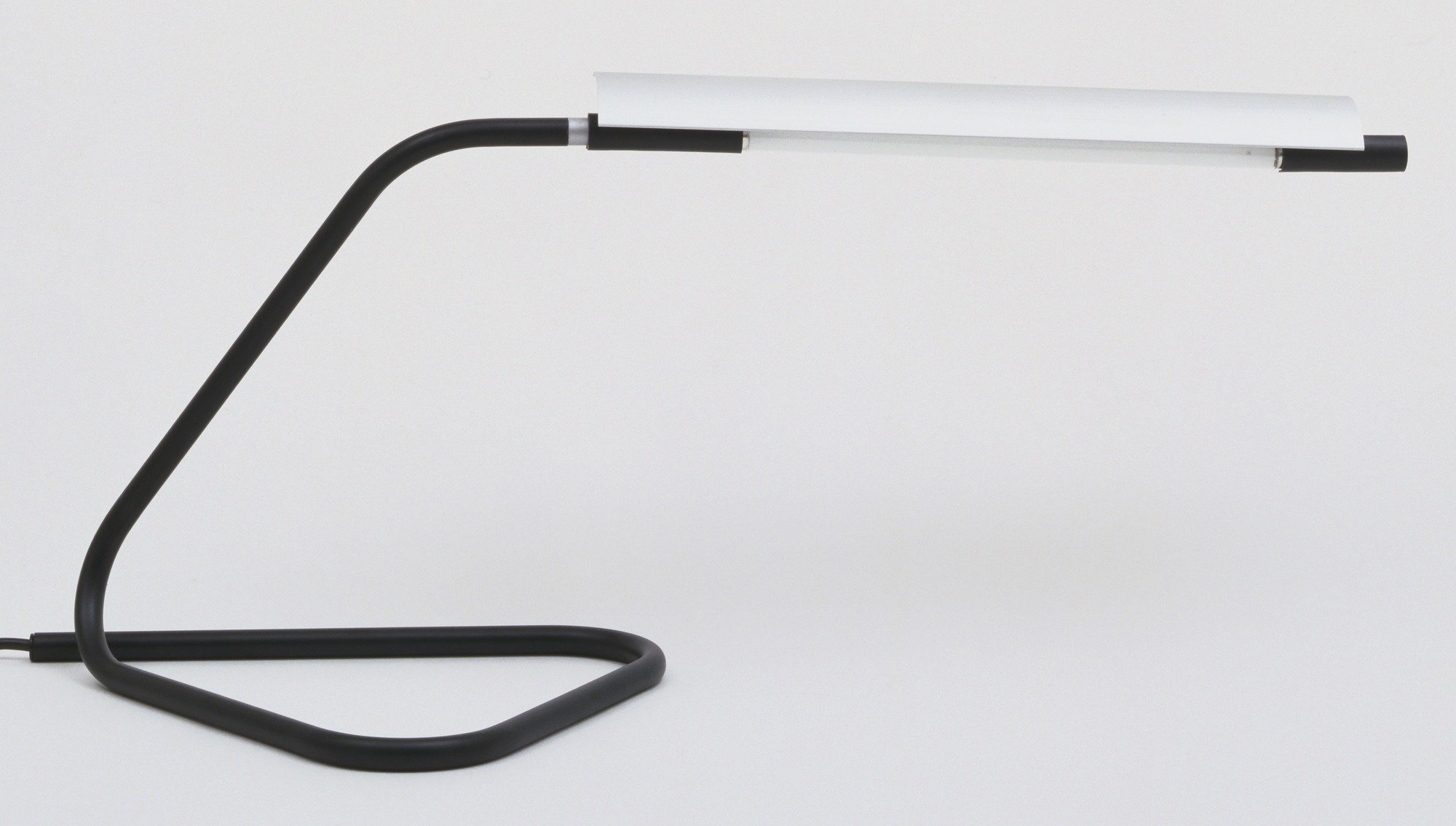
Lampada Tubino 1961 - Flos
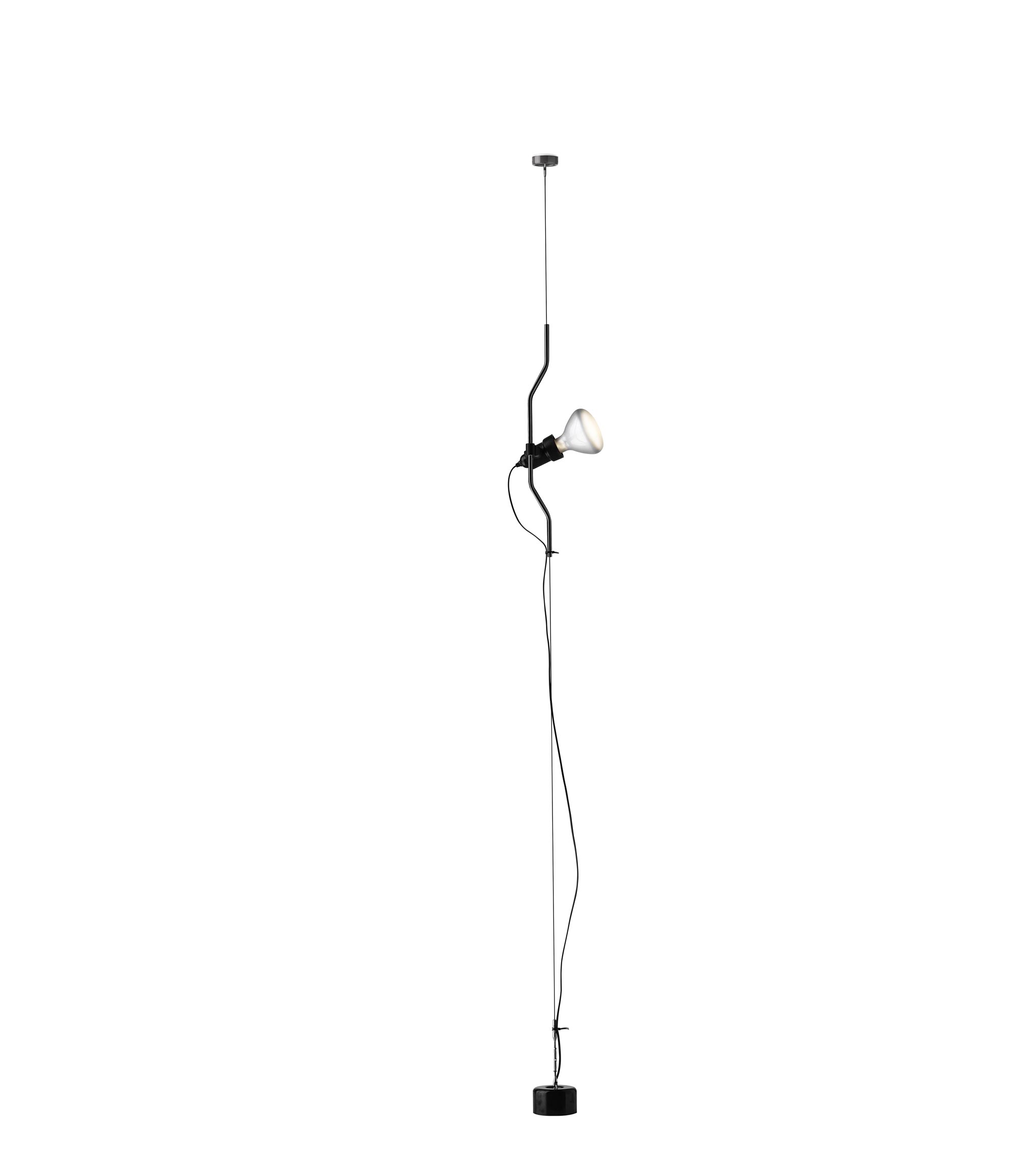
Lampada Parentesi - 1970 - Flos
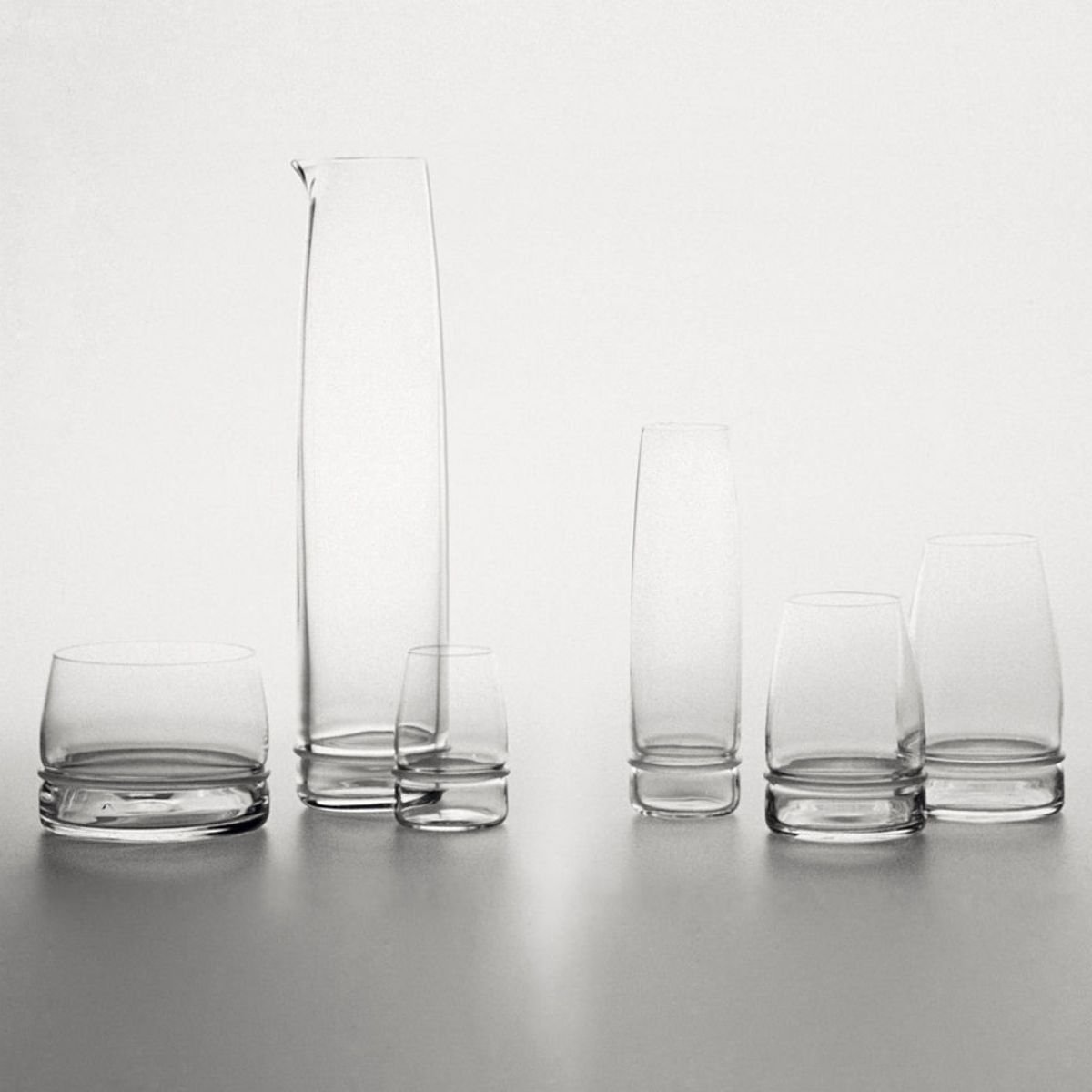
Set Bicchieri Ovio 1983 Danese
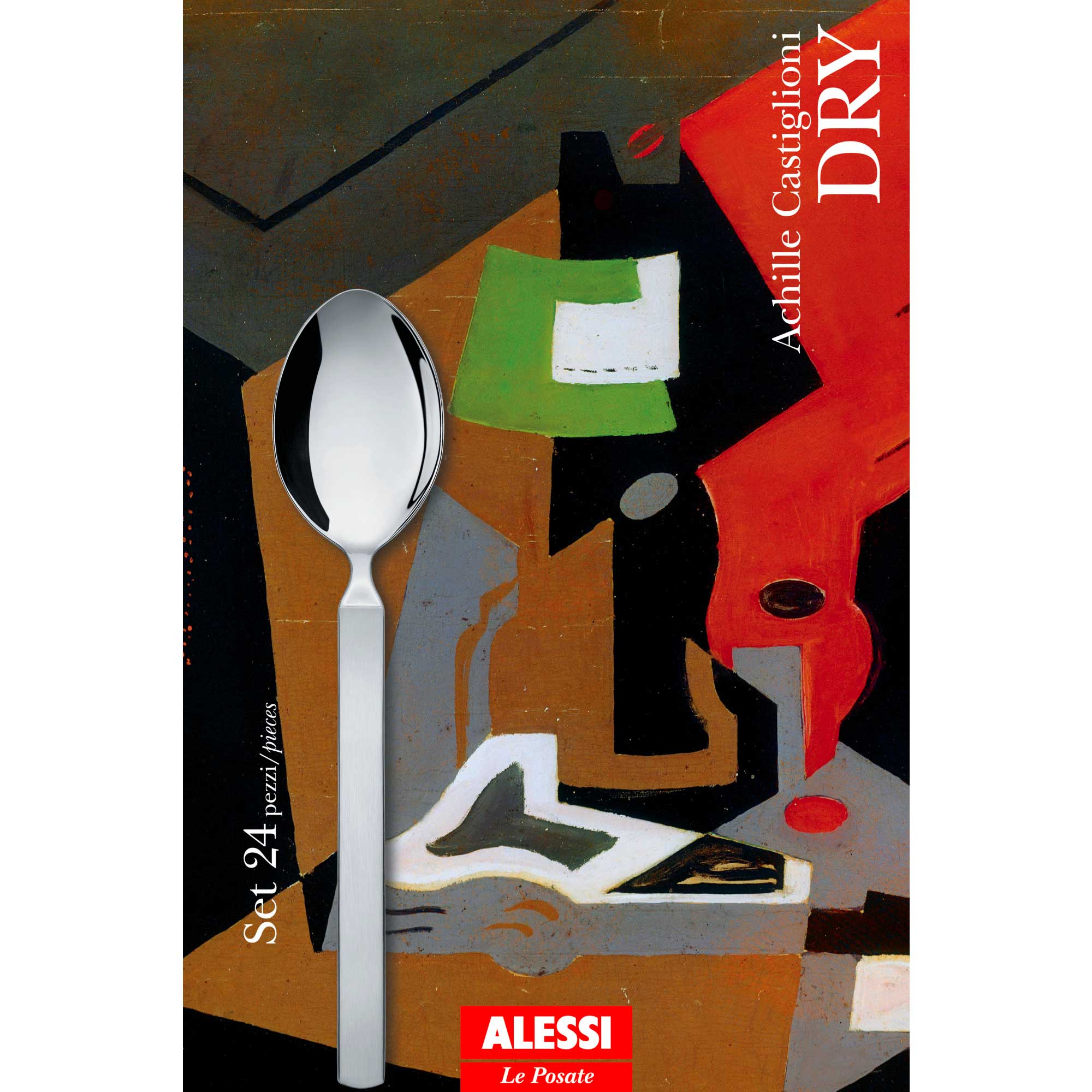
Posate Dry 1982 Alessi
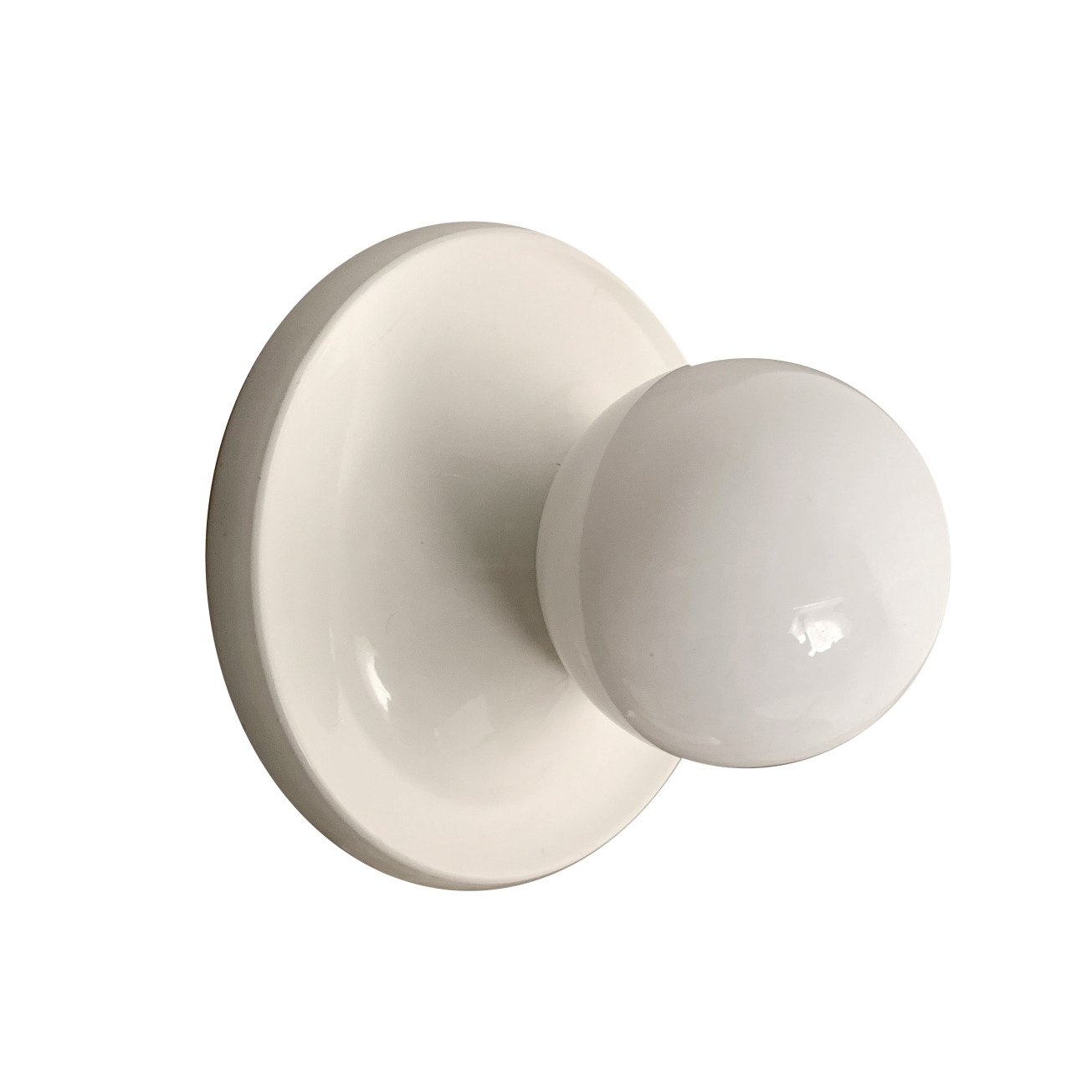
Lampada Light Ball 1965 Flos
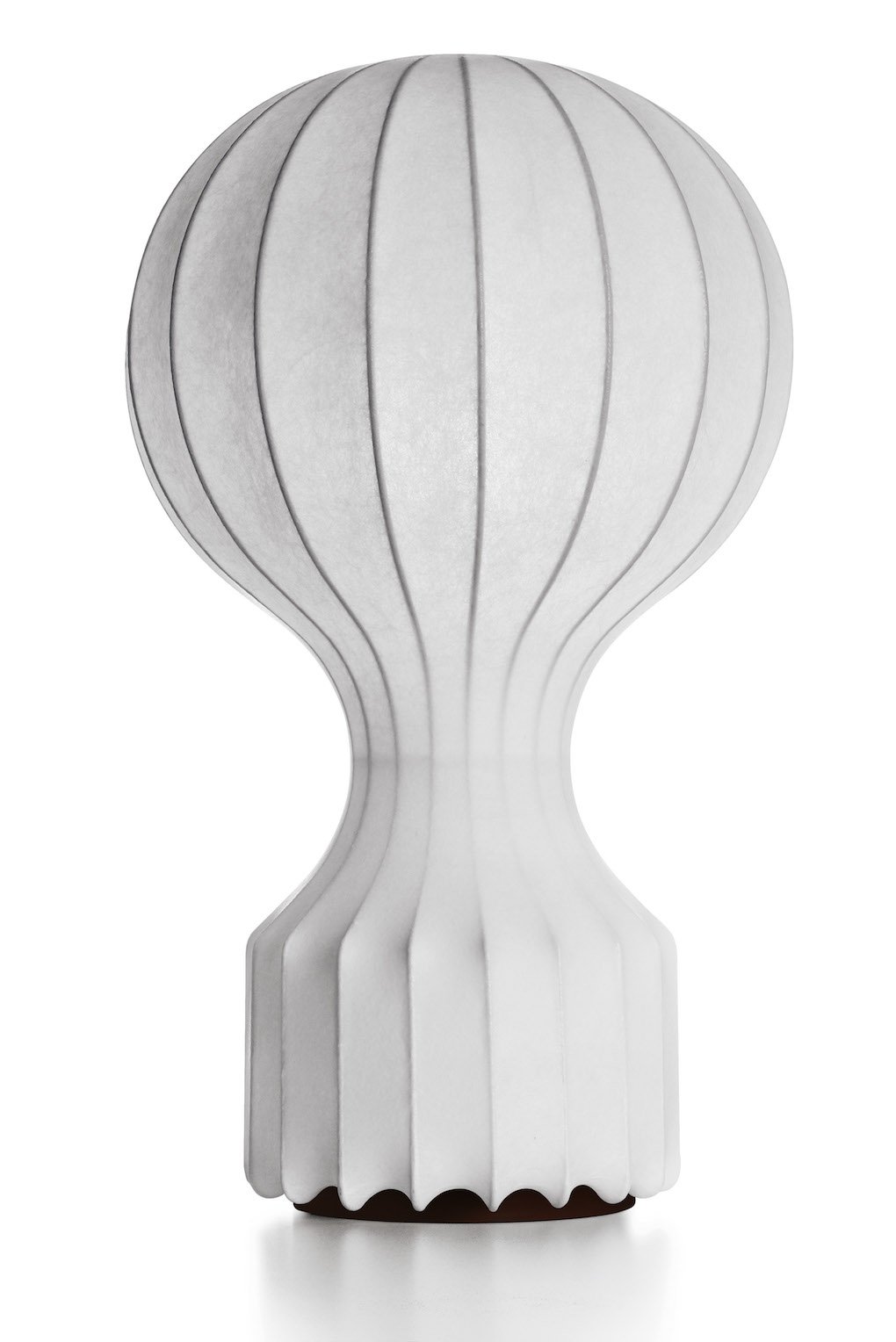
Lampada Gatto per Flos 1960
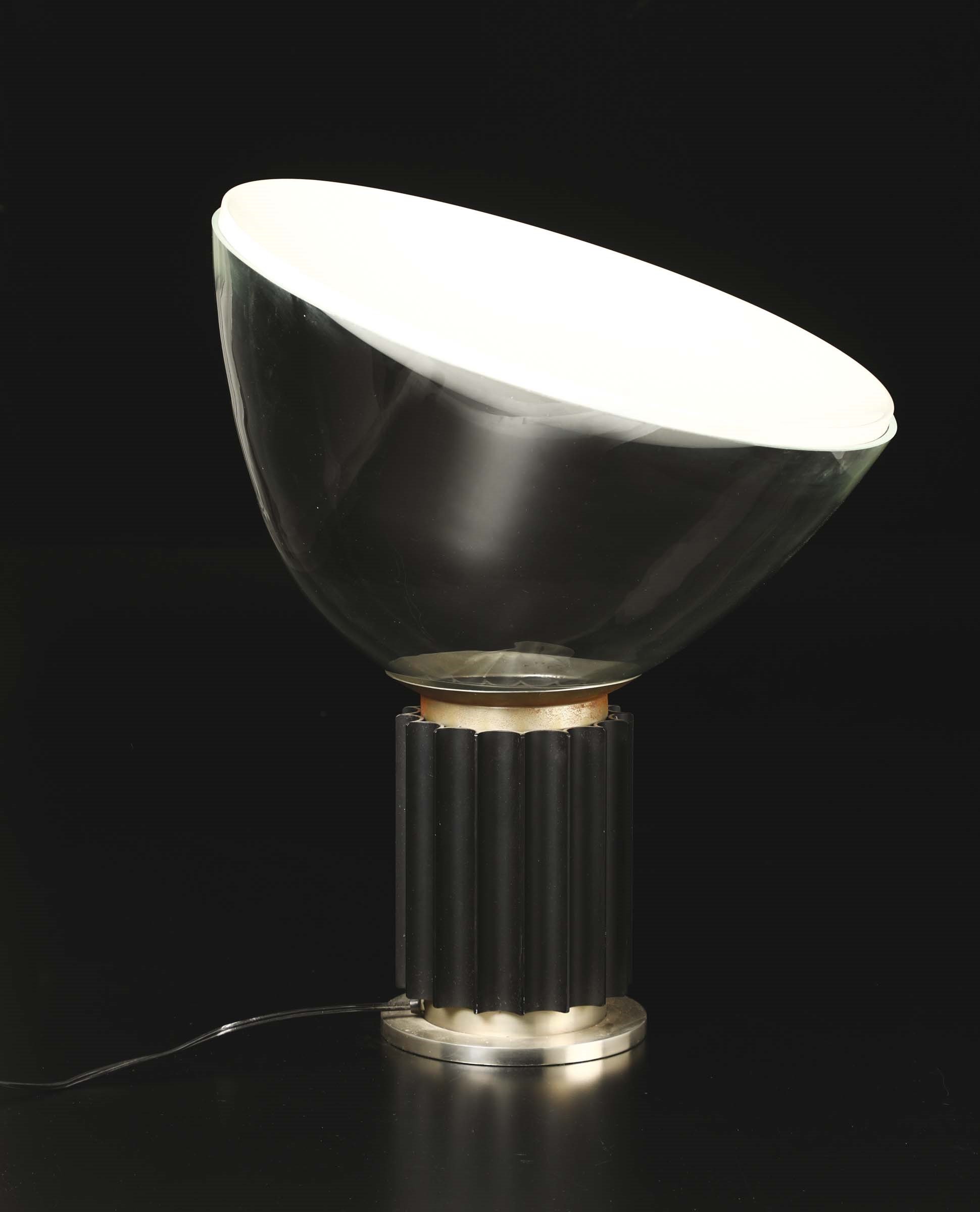
Lampada Taccia per Flos 1962
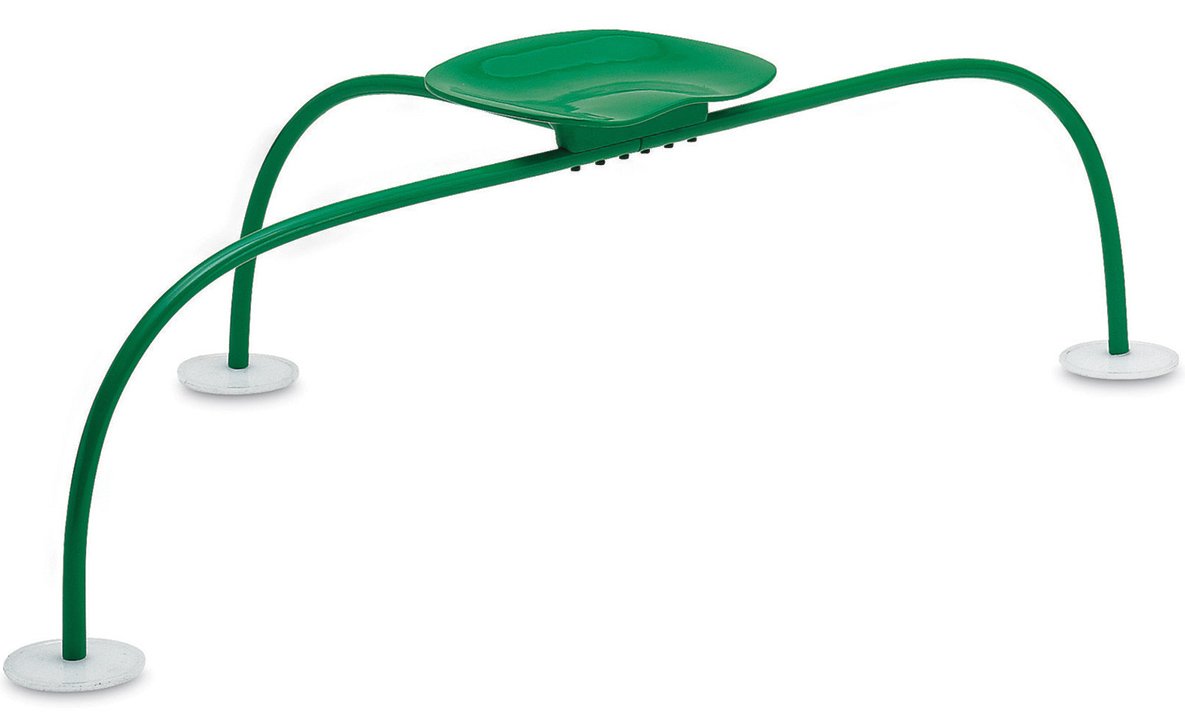
Sgabello Allunaggio - 1966 Zanotta
L’elenco degli arredi e degli oggetti disegnati dai fratelli Castiglioni, infatti, è ampio e sarebbe riduttivo citarne solo alcuni. Il loro lavoro prolifico e diversificato comprende un’ampia gamma di prodotti e design che hanno avuto un impatto significativo sul mondo del design e continuano ad essere celebrati per la loro innovazione e il loro fascino duraturo. Achille Castiglioni, in particolare, ha lasciato un segno indelebile nel campo del design con i suoi contributi creativi e funzionali.
Indeed, the list of furniture and objects designed by the Castiglioni brothers is extensive, and it would be reductive to mention only a few. Their prolific and diverse body of work encompasses a wide range of products and designs that have had a significant impact on the world of design and continue to be celebrated for their innovation and enduring appeal. Achille Castiglioni, in particular, left an indelible mark on the field of design with his creative and functional contributions.
“Il design è l’arte di inventarmi un’invenzione e trasformarlo in forma”– A. Castiglioni
E l’arte del design non si ferma con la scomparsa di Achille, uno dei suoi figli, Monica, è attualmente, oltre che una grande fotografa, una riconosciuta e stimata designer e creatrice di gioielli. L’eredità dell’innovazione creativa continua attraverso le generazioni della famiglia Castiglioni.
“Design is the art of inventing an invention and turning it into a form.” – A. Castiglioni
The art of design doesn’t come to a halt with the passing of Achille Castiglioni. One of his children, Monica, is currently not only a renowned photographer but also a recognized and respected designer and creator of jewelry. The legacy of creative innovation continues through the generations of the Castiglioni family.
Con la sua attività si divide tra Milano e New York, nel suo laboratorio-studio-showroom milanese ci si perde tra i suoi magnifici scatti fotografici realizzati a New York e i gioielli da lei creati, spesso delle vere e proprie sculture, dei pezzi unici in bronzo o argento abbinati a volte con perle, ambra o pietre, famosi ed apprezzati in tutto il mondo.
Con estro, fantasia e classe sta attualmente sperimentando la realizzazione di gioielli stampati in 3D, spingendo i confini del design e della tecnologia nel mondo della creazione di gioielli.
With her work divided between Milan and New York, in her Milanese laboratory-studio-showroom, one can get lost in her magnificent photographic shots captured in New York and the jewelry she creates. Often, her jewelry pieces resemble sculptures, unique works made of bronze or silver, sometimes combined with pearls, amber, or gemstones, and they are famous and appreciated worldwide.
With creativity, imagination, and elegance, she is currently experimenting with the creation of 3D-printed jewelry, pushing the boundaries of design and technology in the world of jewelry making.
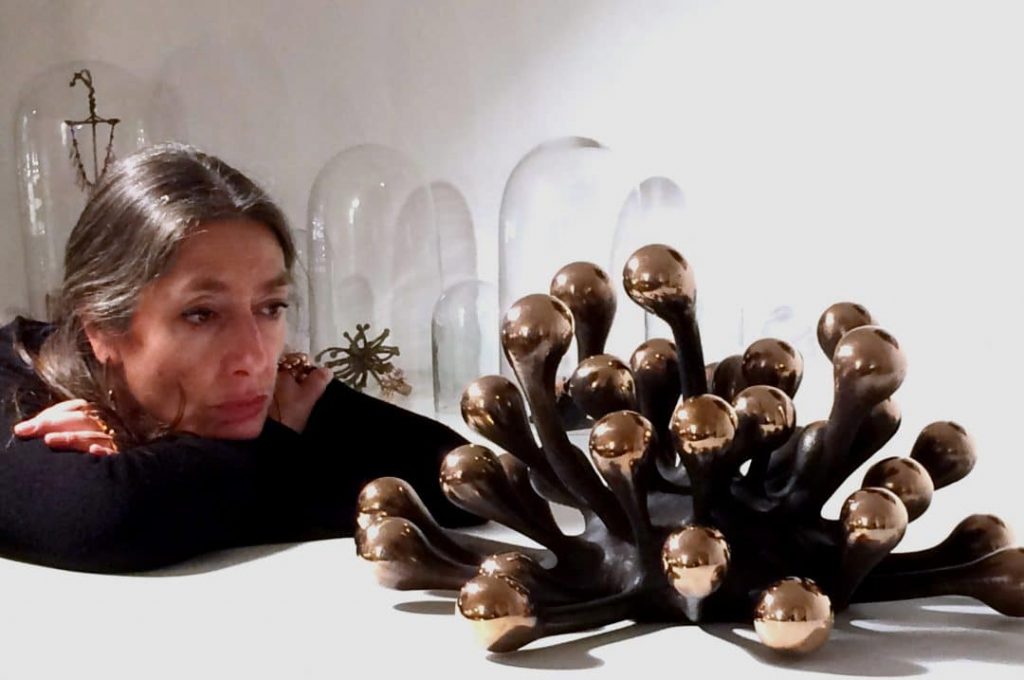
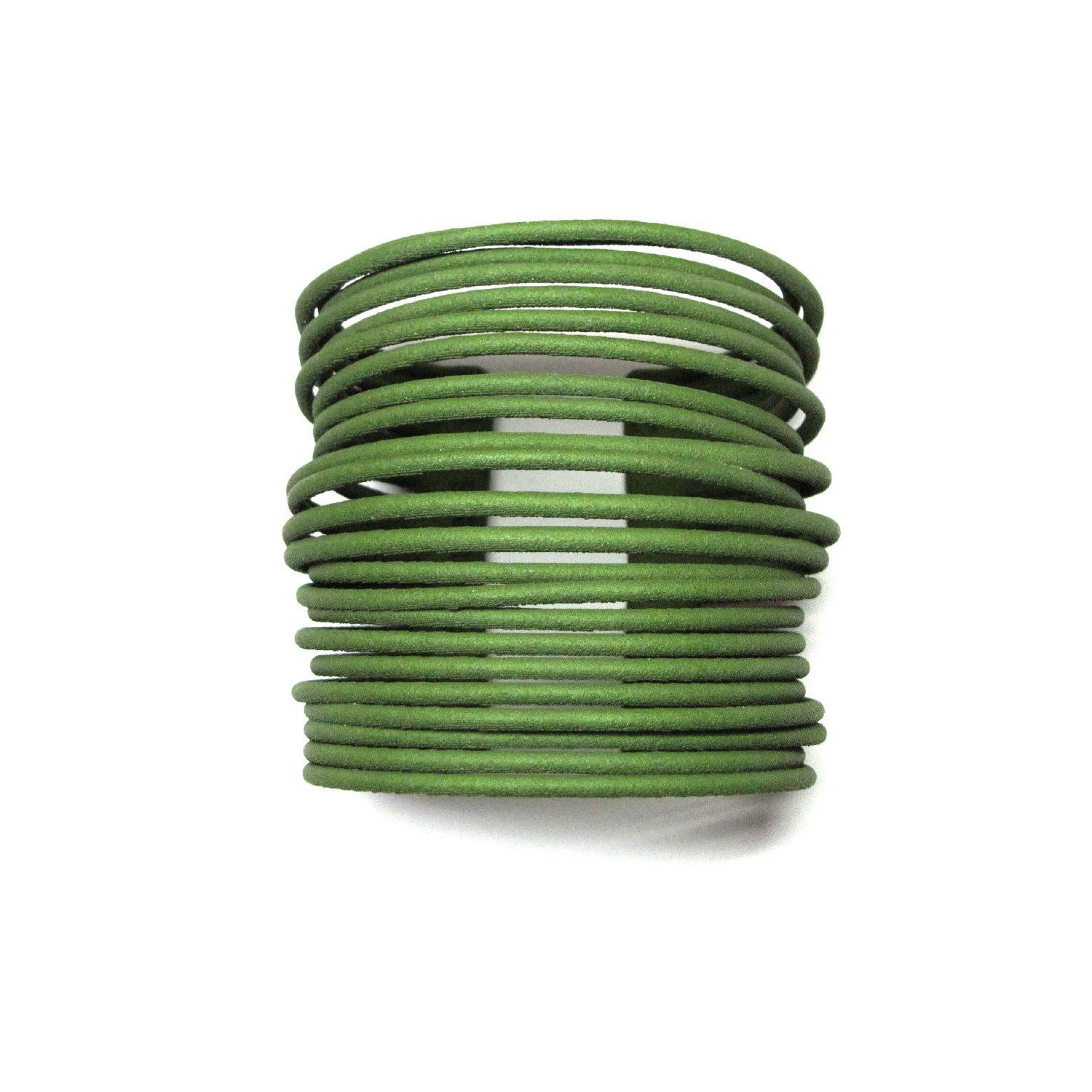
Monica Castiglioni - Fili Fusi
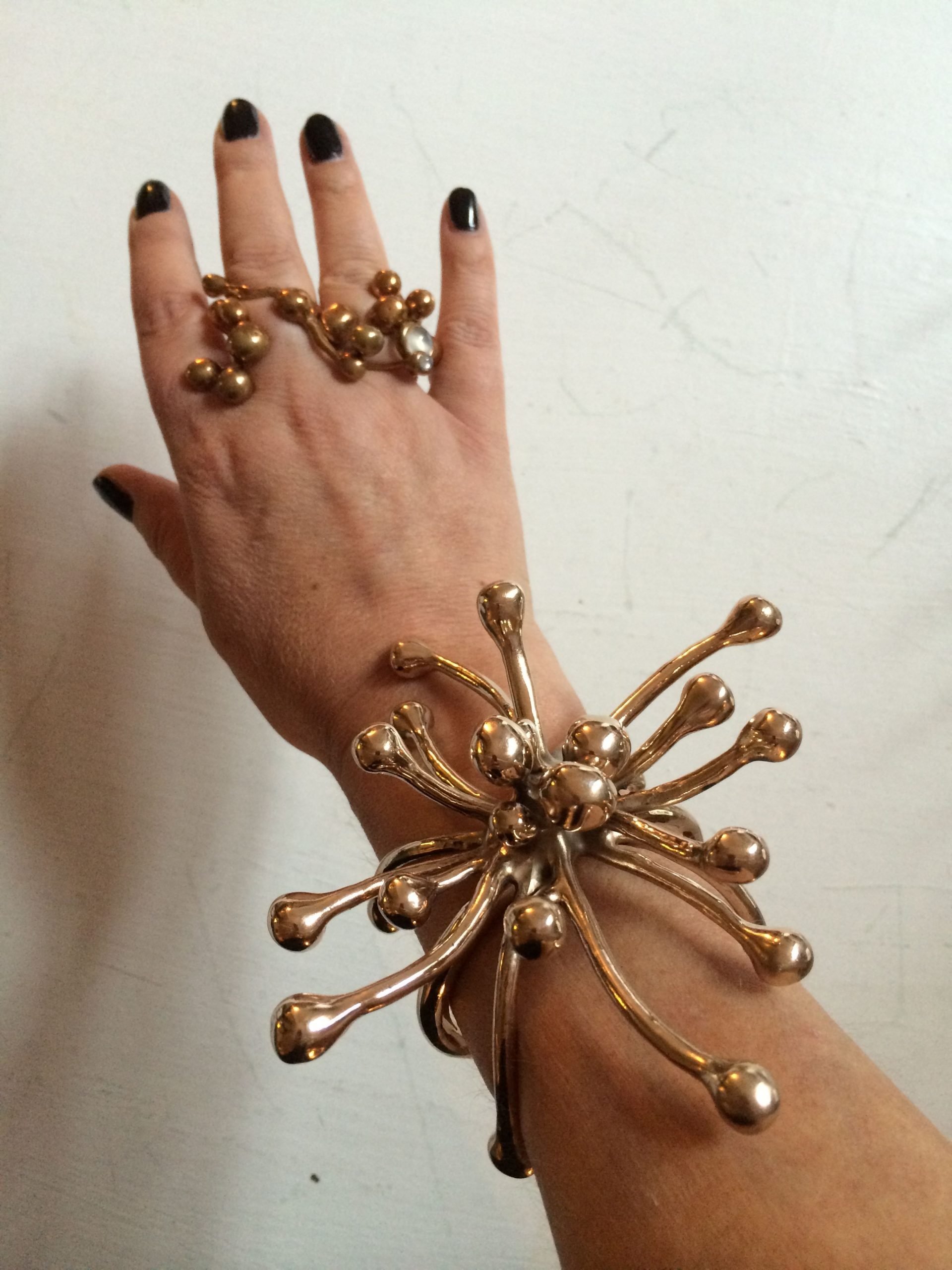
Monica Castiglioni - Bracciale e anelli serie Pistilli
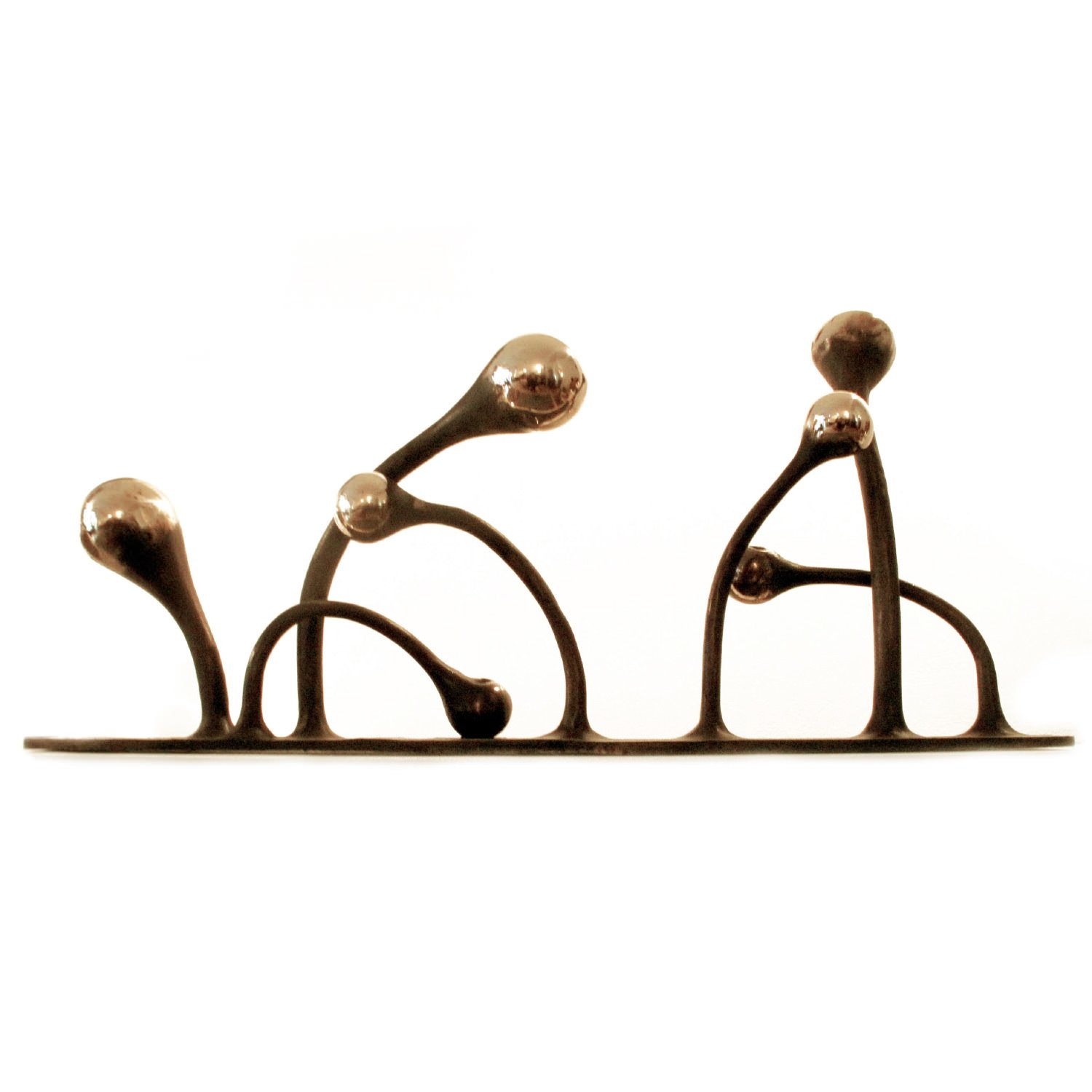
Monica Castiglioni - scultura in bronzo
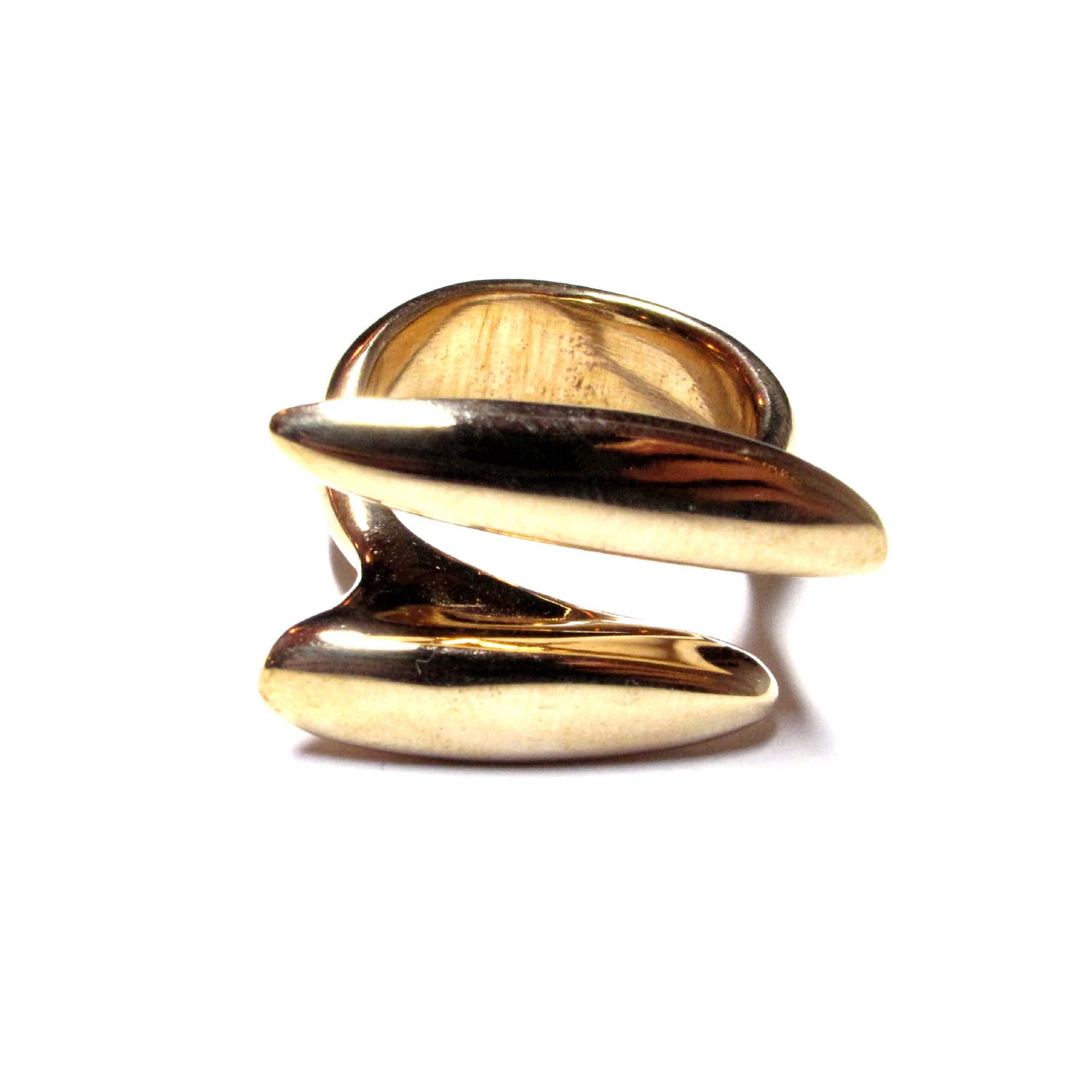
Monica Castiglioni - Anello in bronzo
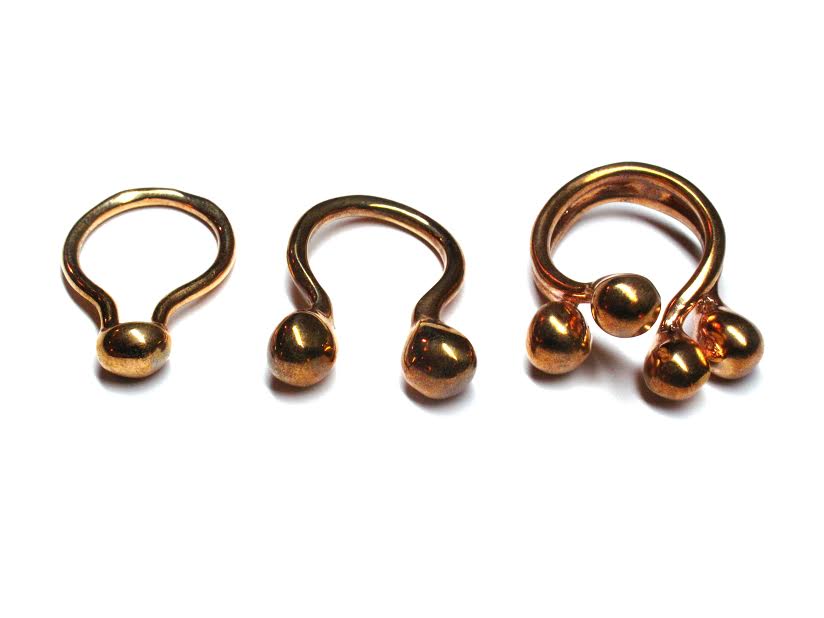
Monica Castiglioni - Anelli in bronzo serie Pistilli
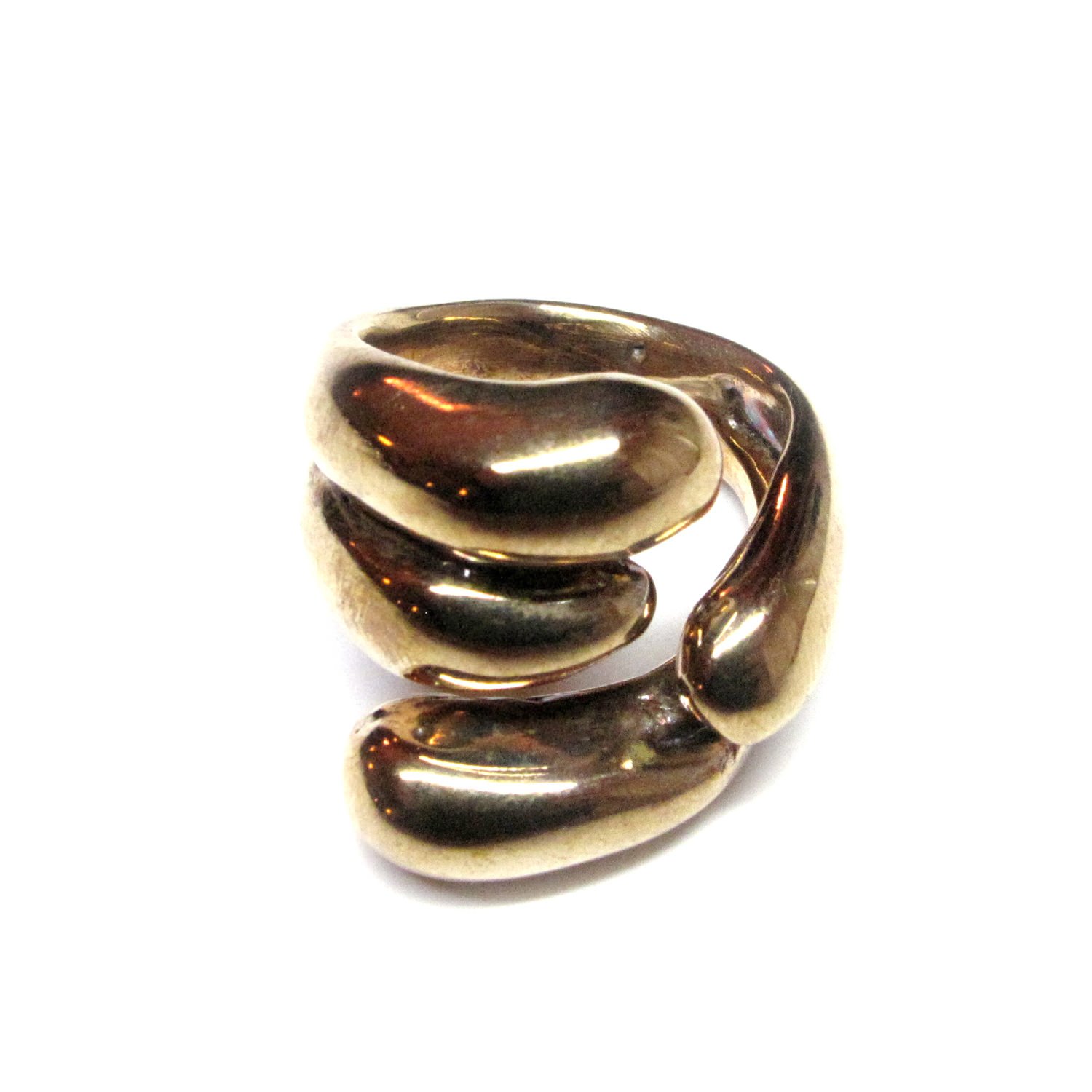
Monica Castiglioni - Anello serie Abbracci
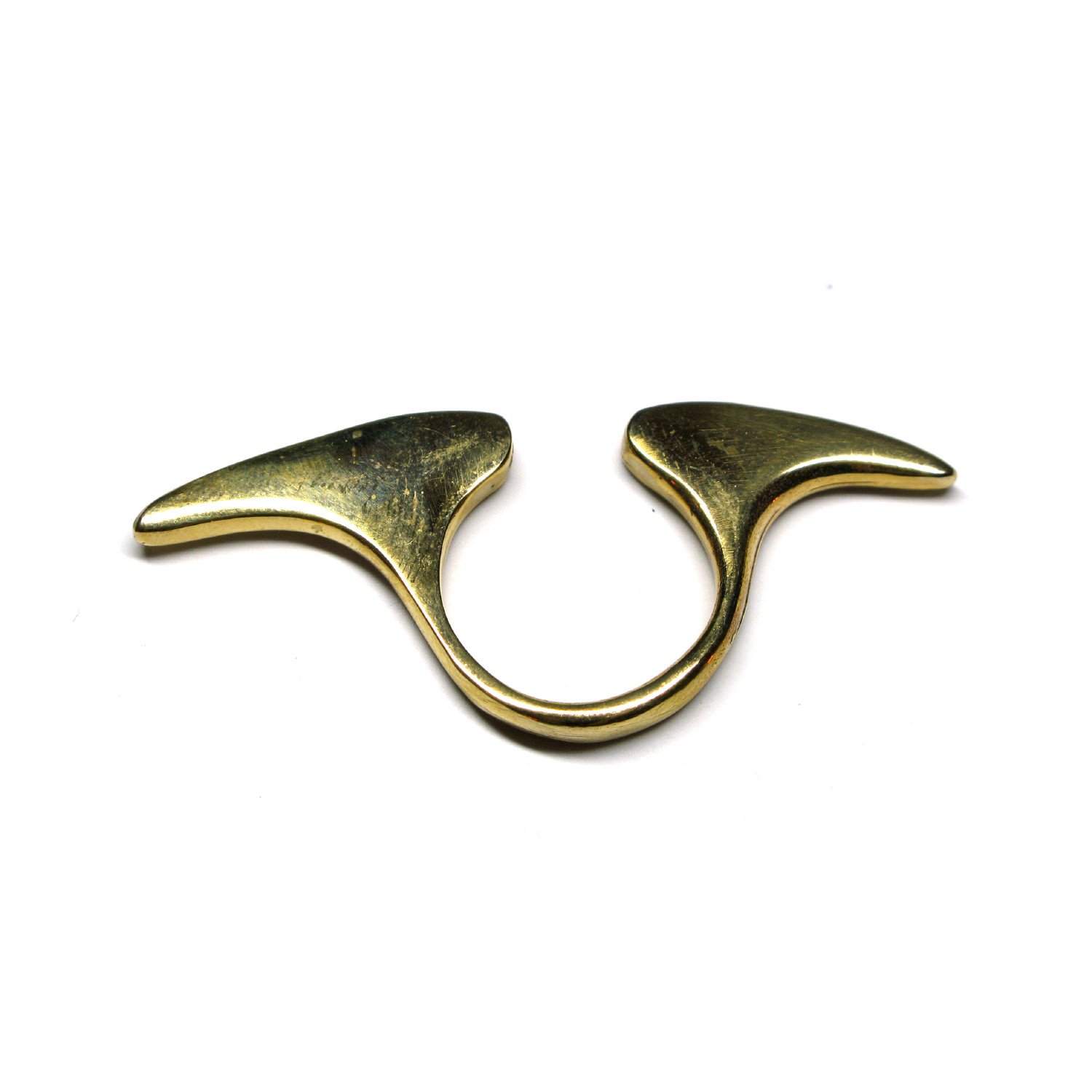
Monica Castiglioni - Anello serie Bridge
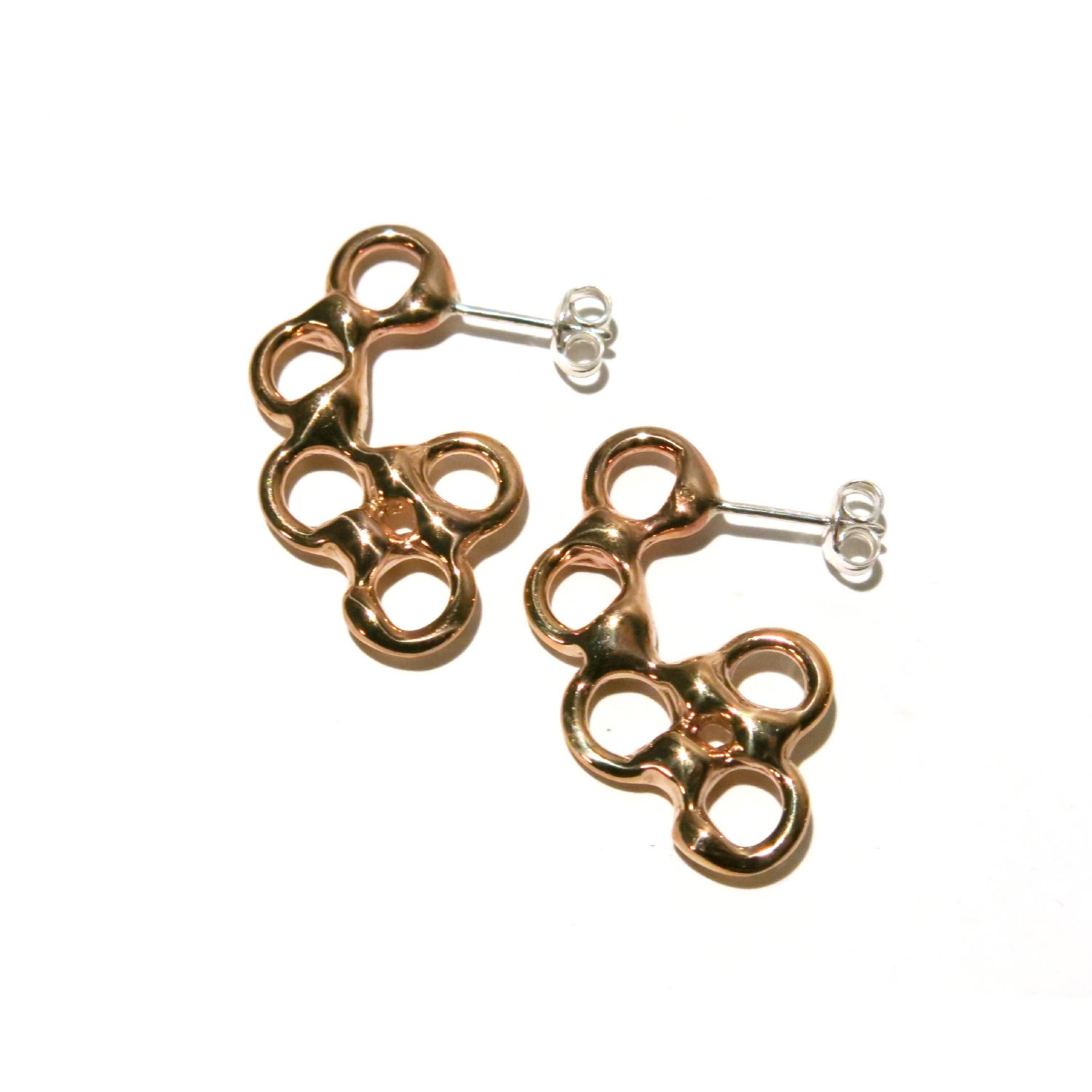
Monica Castiglioni - Orecchini serie Cerchioli
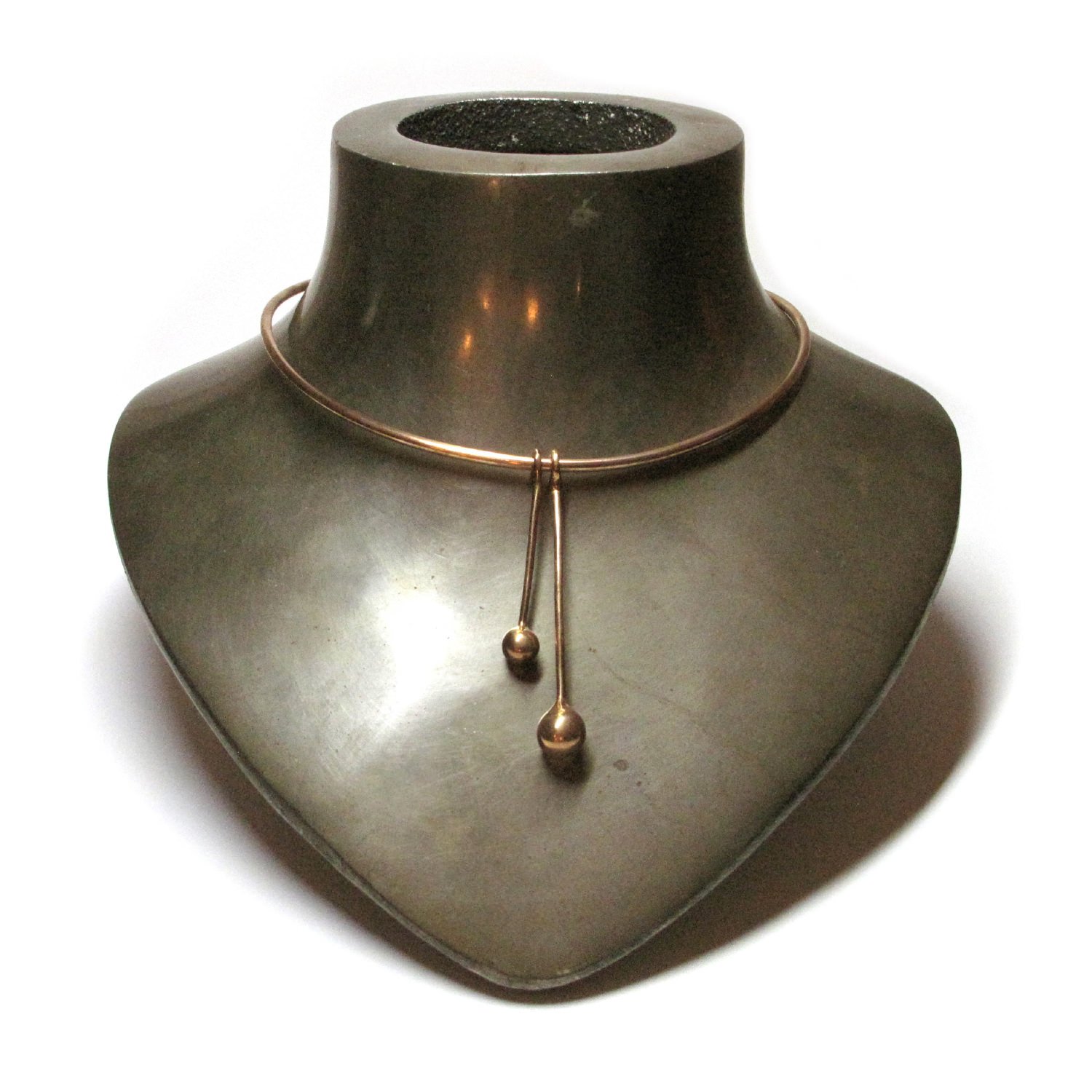
Monica Castiglioni - collana serie Sferette
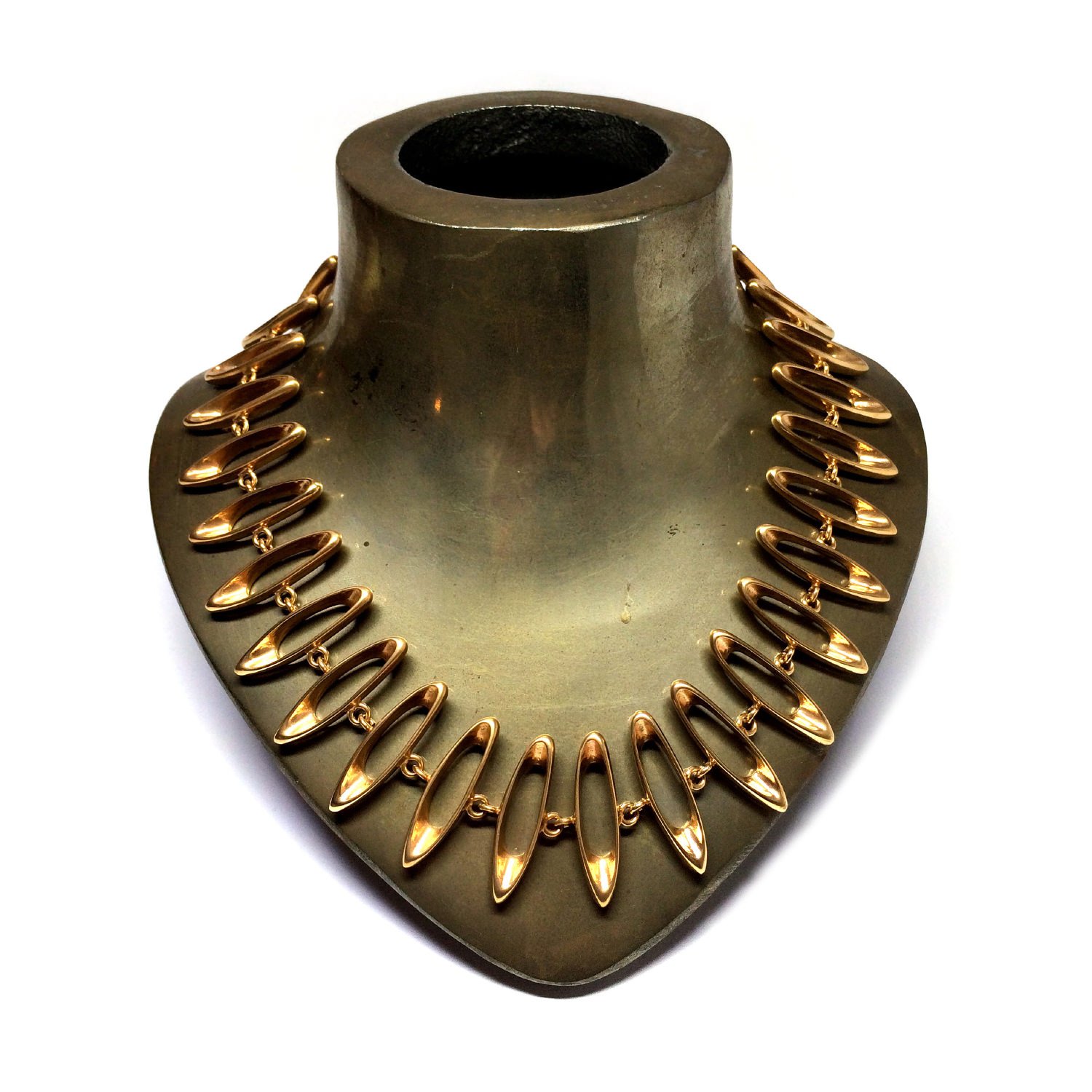
Monica Castiglioni - Collana Serie Crune
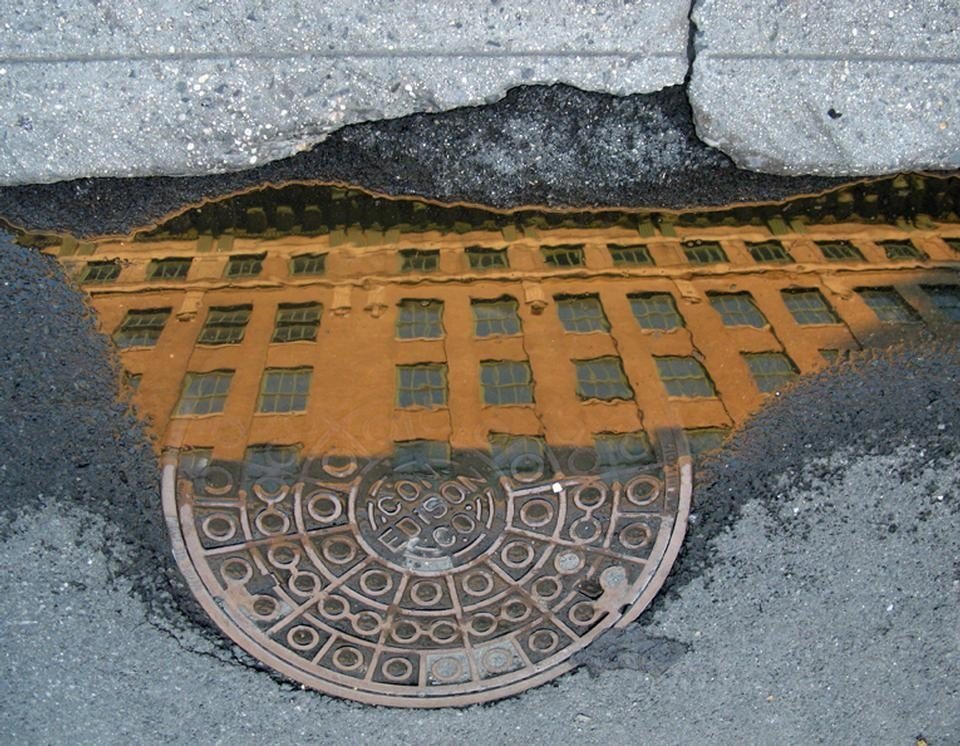
https://www.youtube.com/watch?v=obKzhxwVZFw
https://www.youtube.com/watch?v=4bR_9R3U8QE
Per saperne di più:
https://it.wikipedia.org/wiki/Achille_Castiglioni
https://it.wikipedia.org/wiki/Giannino_Castiglioni
©Giusy Baffi 2019 -2023 (pubblicato su Artevitae.it. 18 novembre 2019)
© Le foto sono state reperite in rete e potrebbero essere per la maggior parte copyright della Fondazione Castiglioni e di Monica Castiglioni anche i video sono state reperiti in rete e possono essere soggetti a copyright. Sia le foto che i video sono stati inseriti puramente a scopo esplicativo. L’intento di questo blog è solo didattico e informativo. Qualora la pubblicazione delle immagini violasse eventuali diritti d’autore si prega di volerlo comunicare via email a info@giusybaffi.com e saranno prontamente rimosse oppure citato il copyright ©.
© Il presente sito https://giusybaffi.com/ non è a scopo di lucro e qualsiasi sfruttamento, riproduzione, duplicazione, copiatura o distribuzione dei Contenuti del Sito per fini commerciali è vietata.
©The photos have been sourced from the internet and may largely be copyrighted by the Castiglioni Foundation and Monica Castiglioni. The same applies to the videos sourced from the internet, which could also be subject to copyright. Both the photos and videos have been included solely for explanatory purposes. The intent of this blog is purely educational and informative. If the publication of images were to violate any copyright, please communicate this via email to info@giusybaffi.com, and they will be promptly removed or the copyright © will be cited.
© The present website https://giusybaffi.com/ is not for profit, and any exploitation, reproduction, duplication, copying, or distribution of the Site’s Content for commercial purposes is prohibited.
